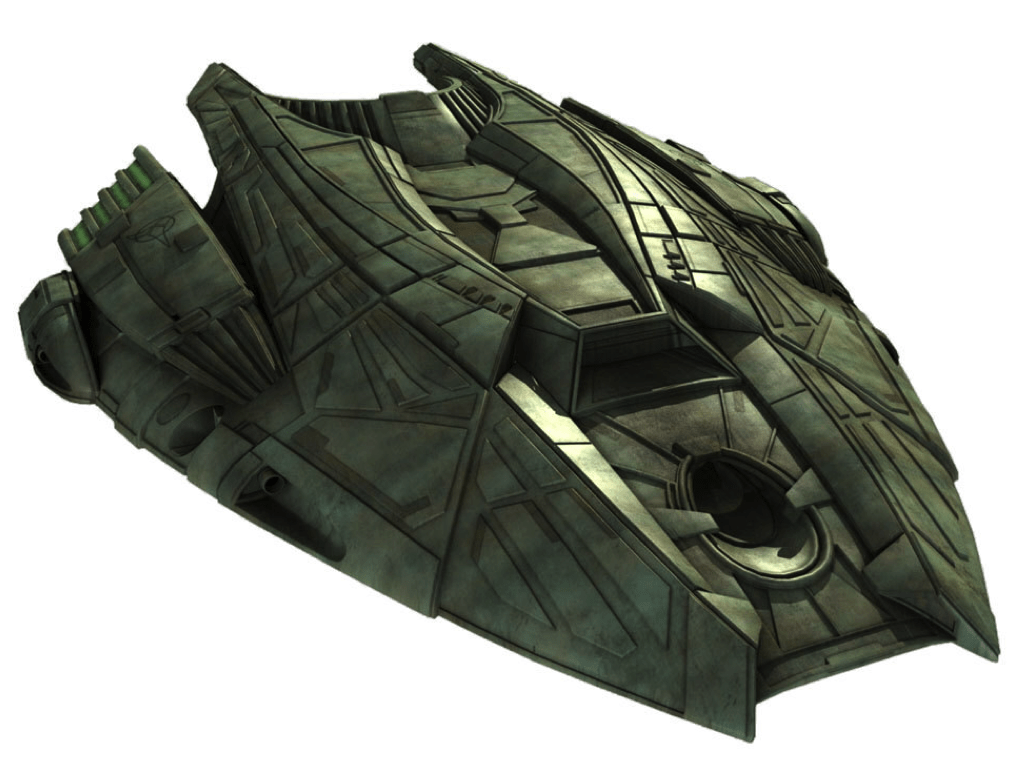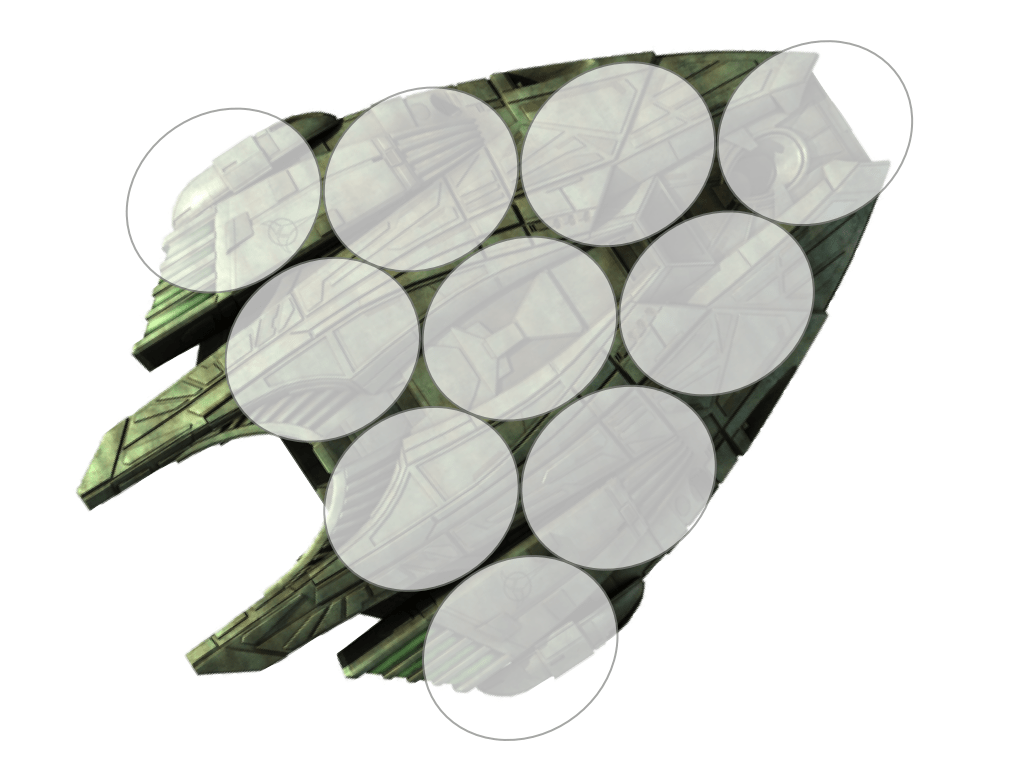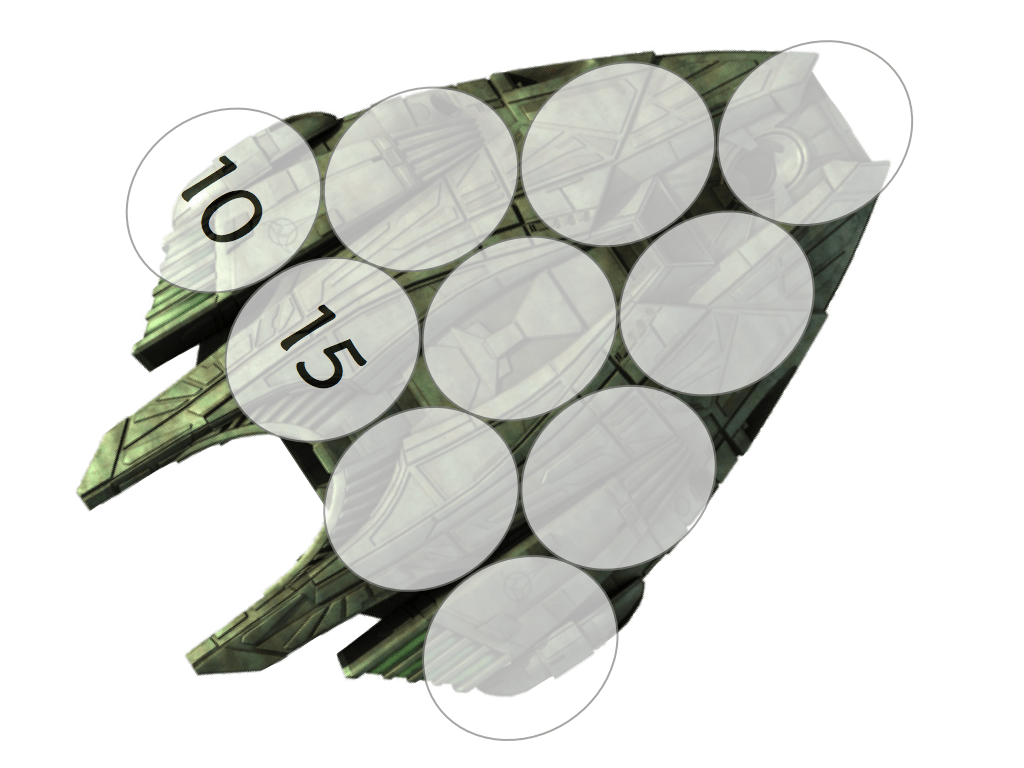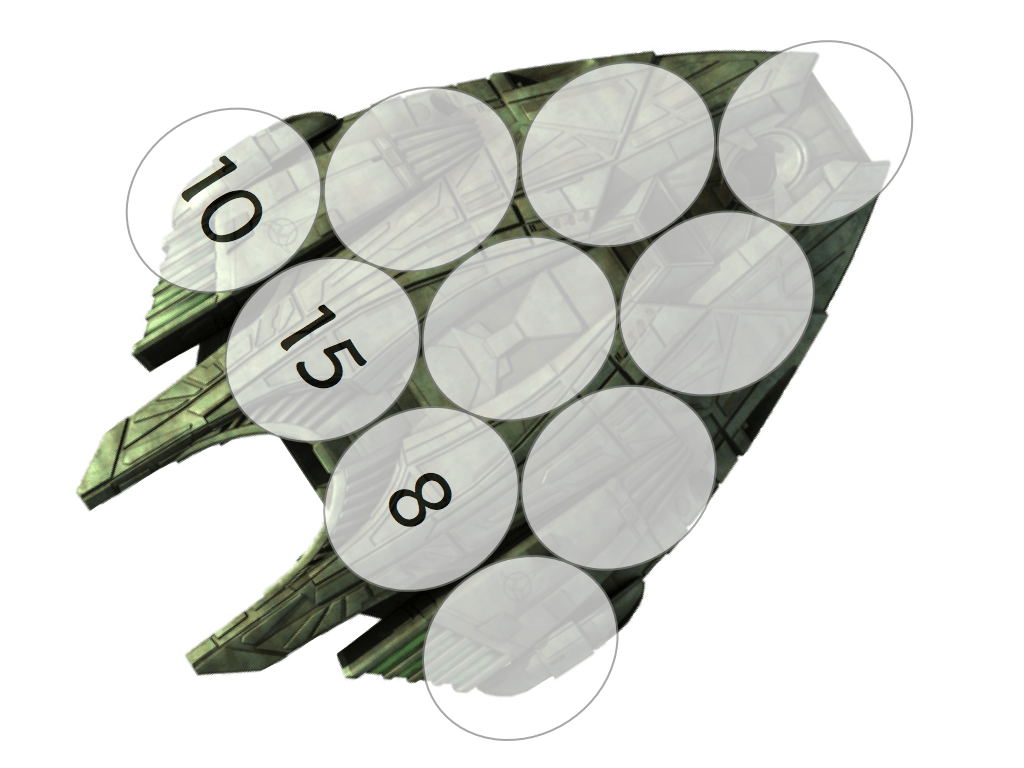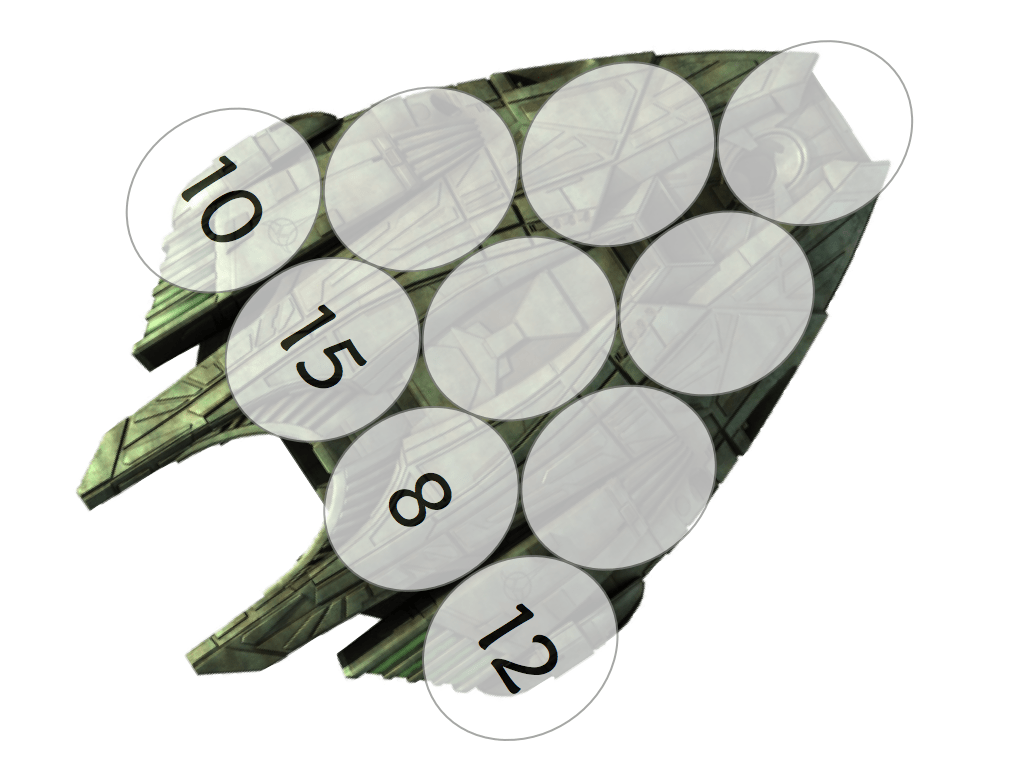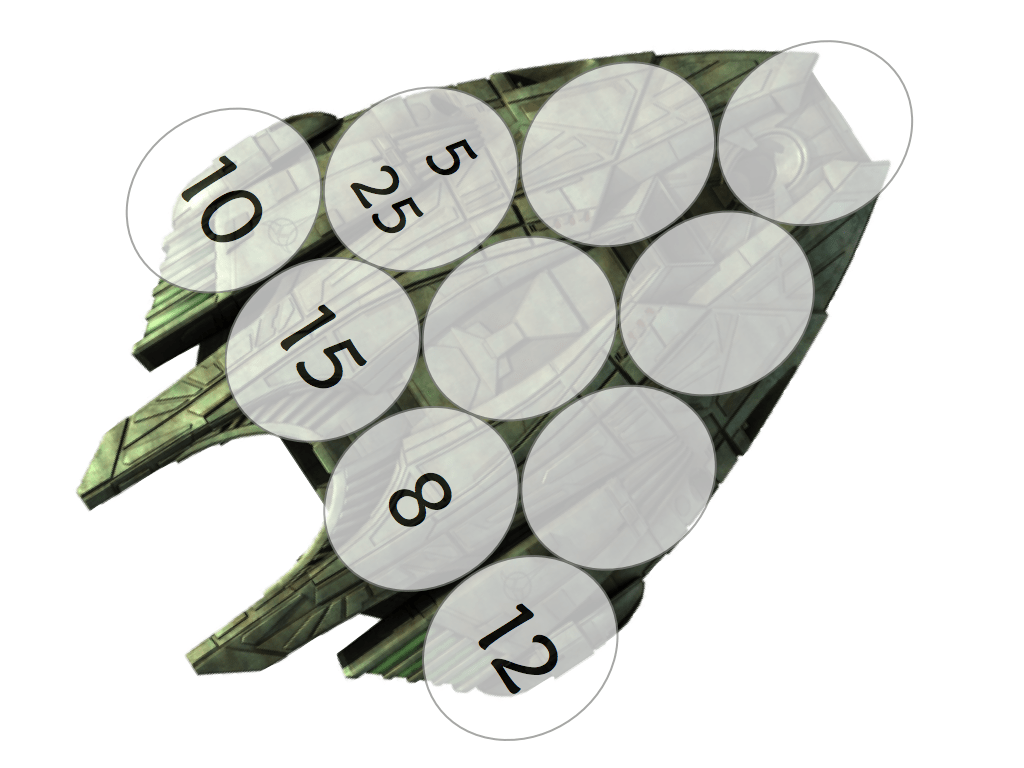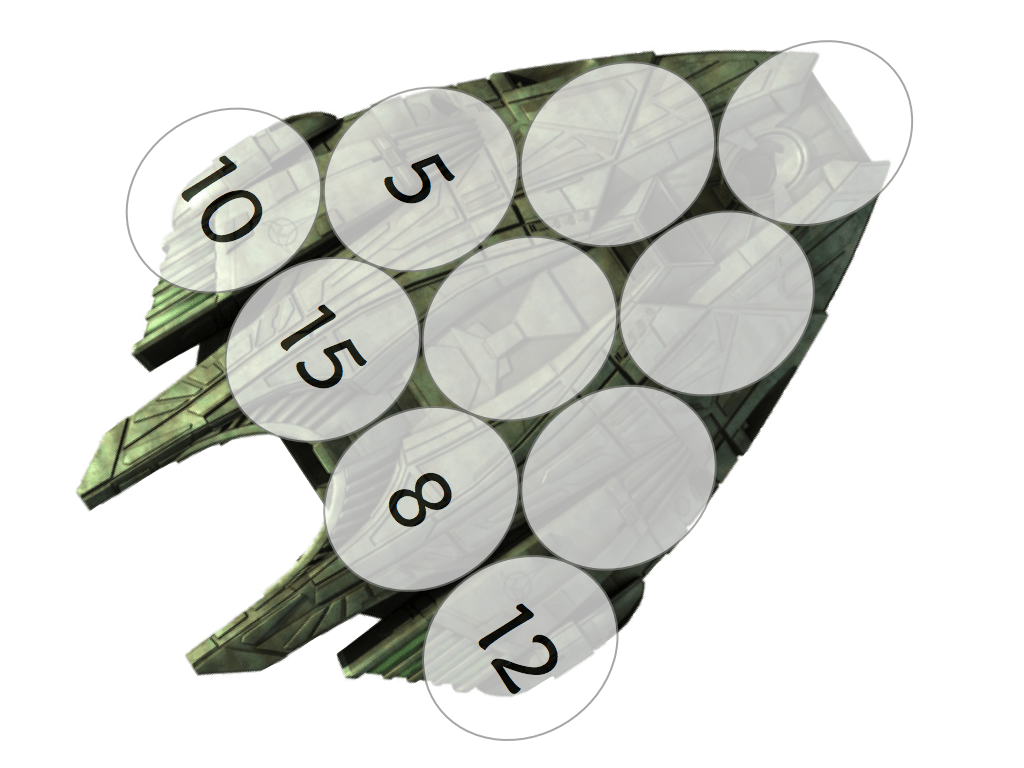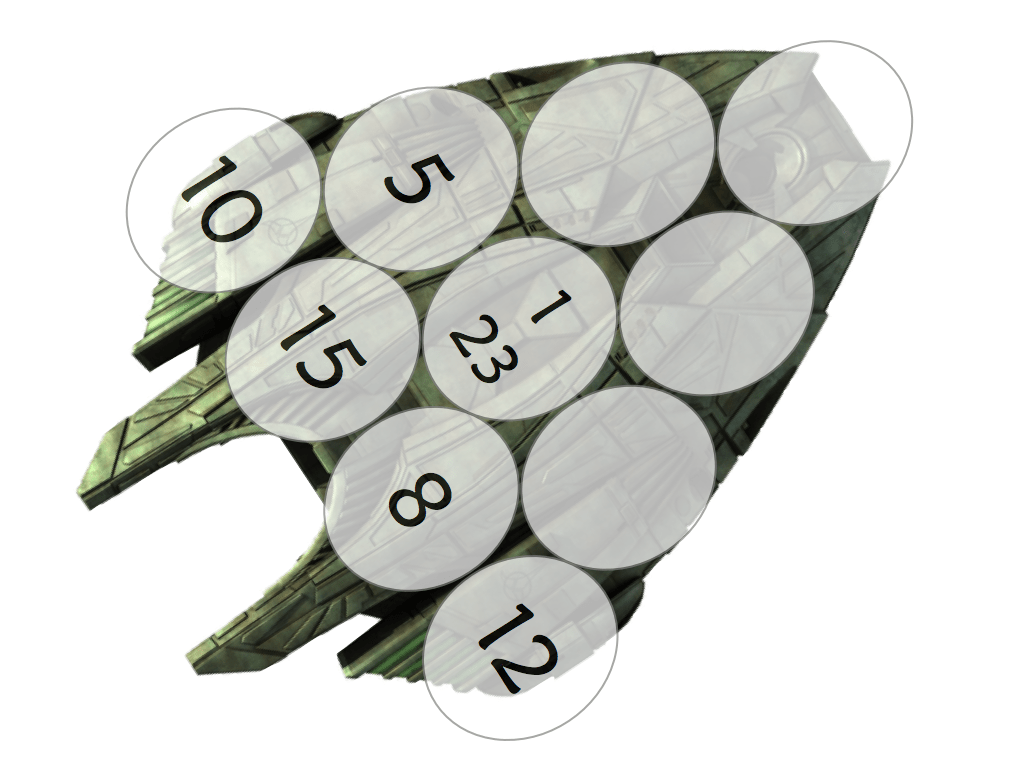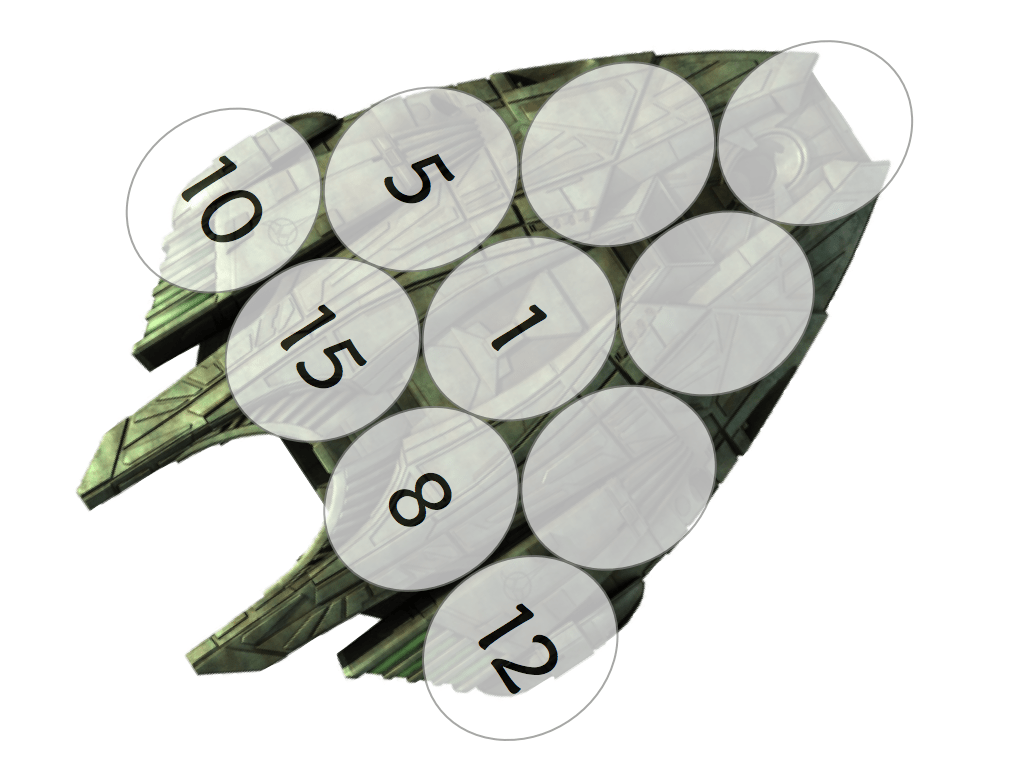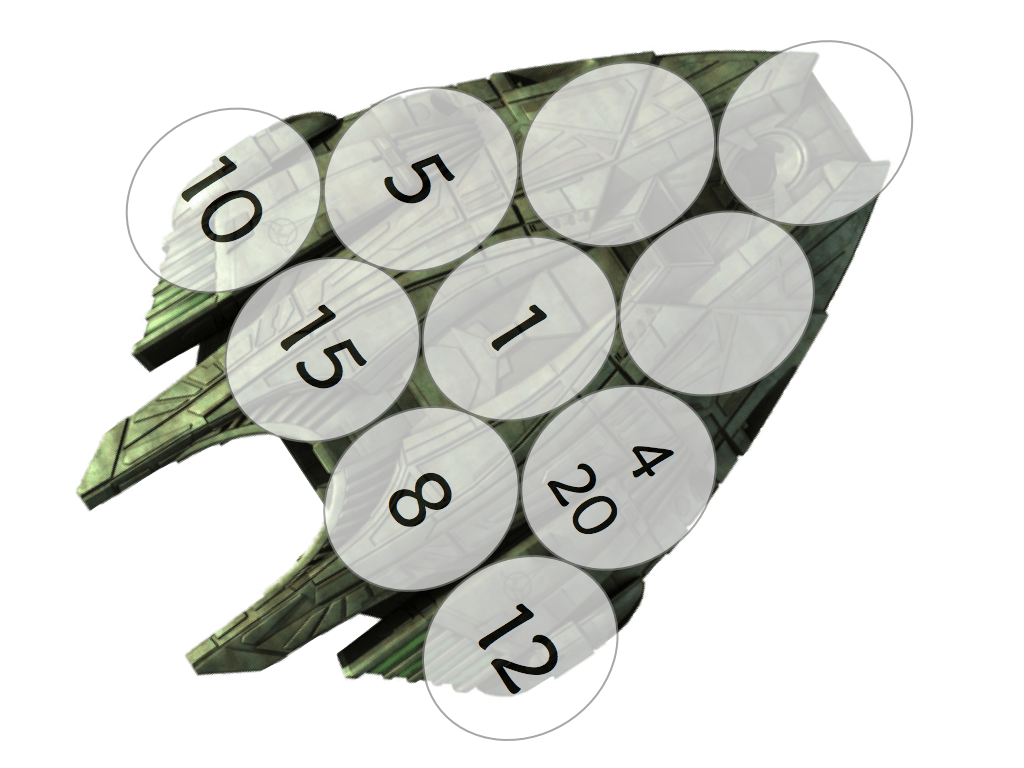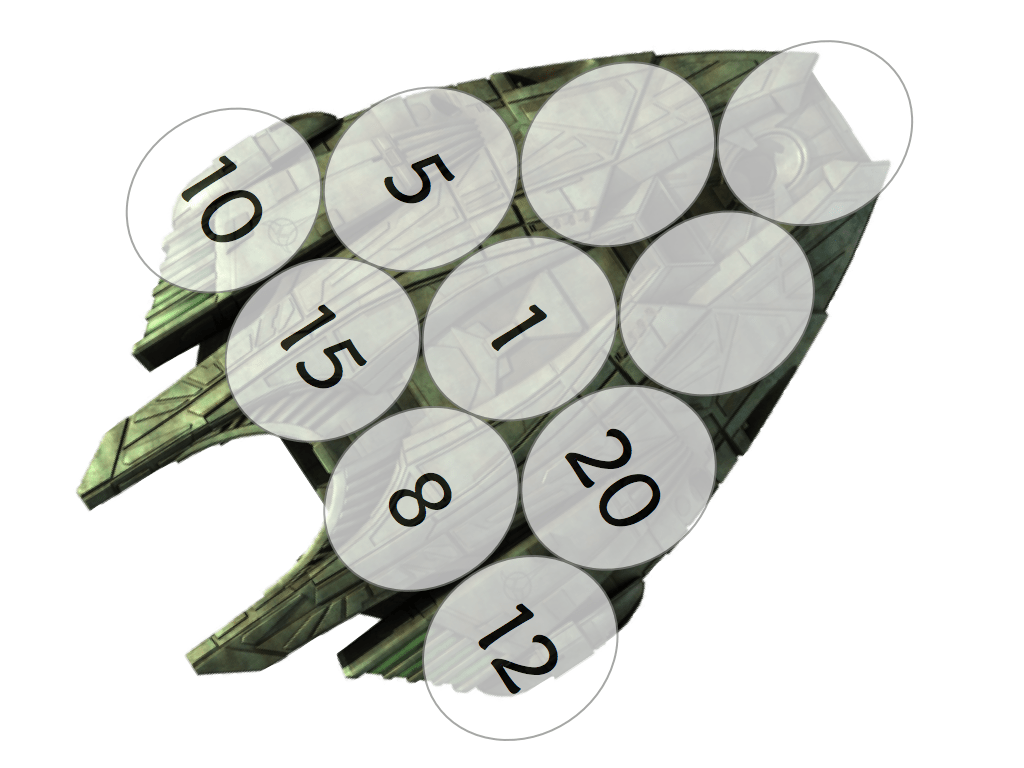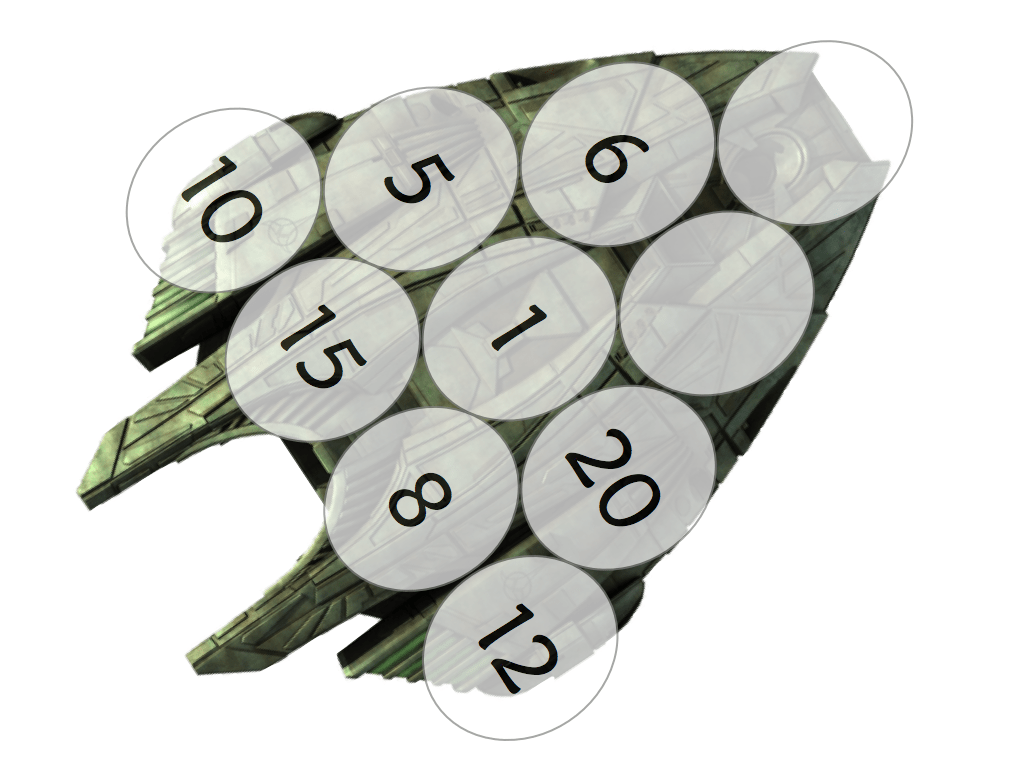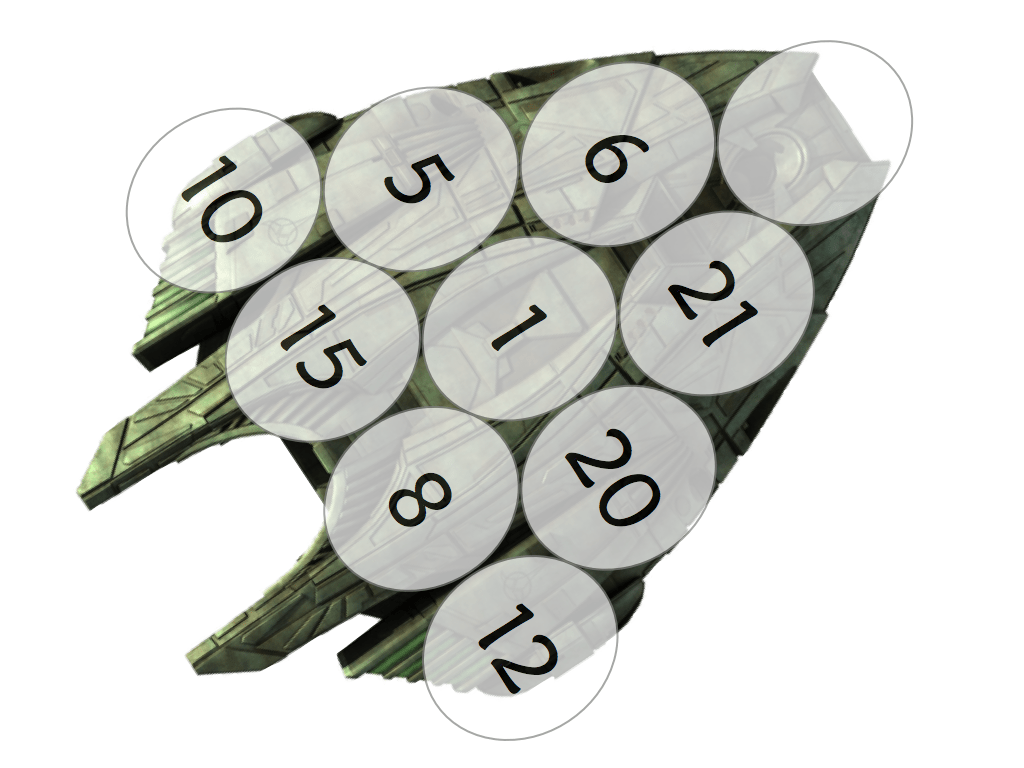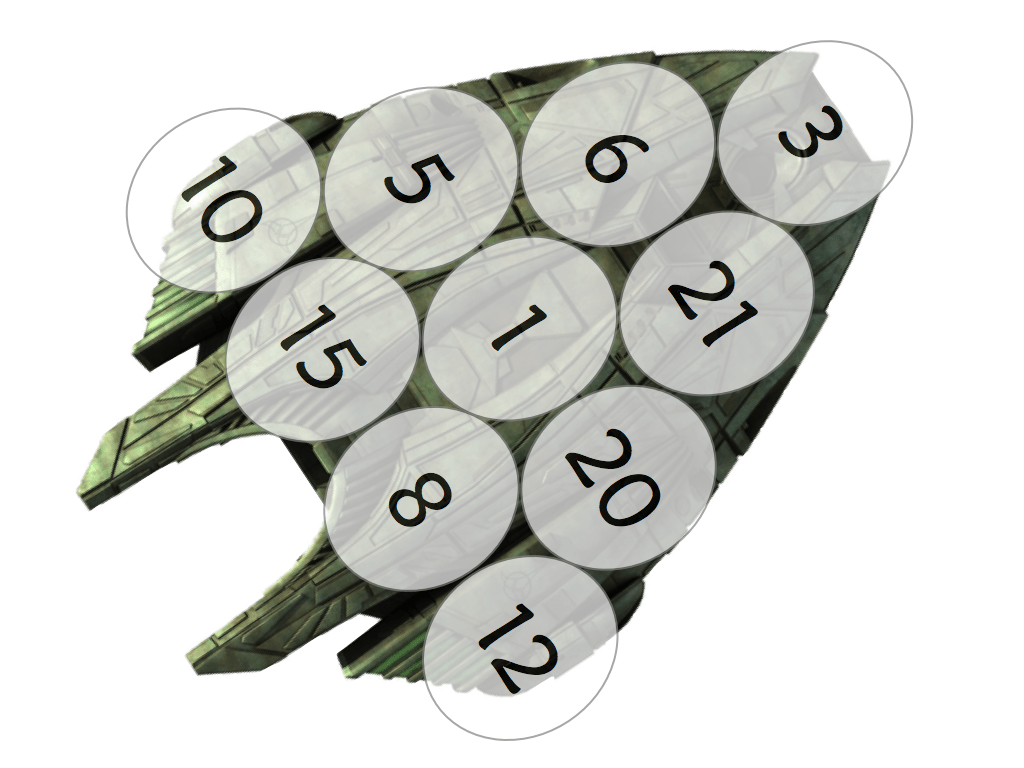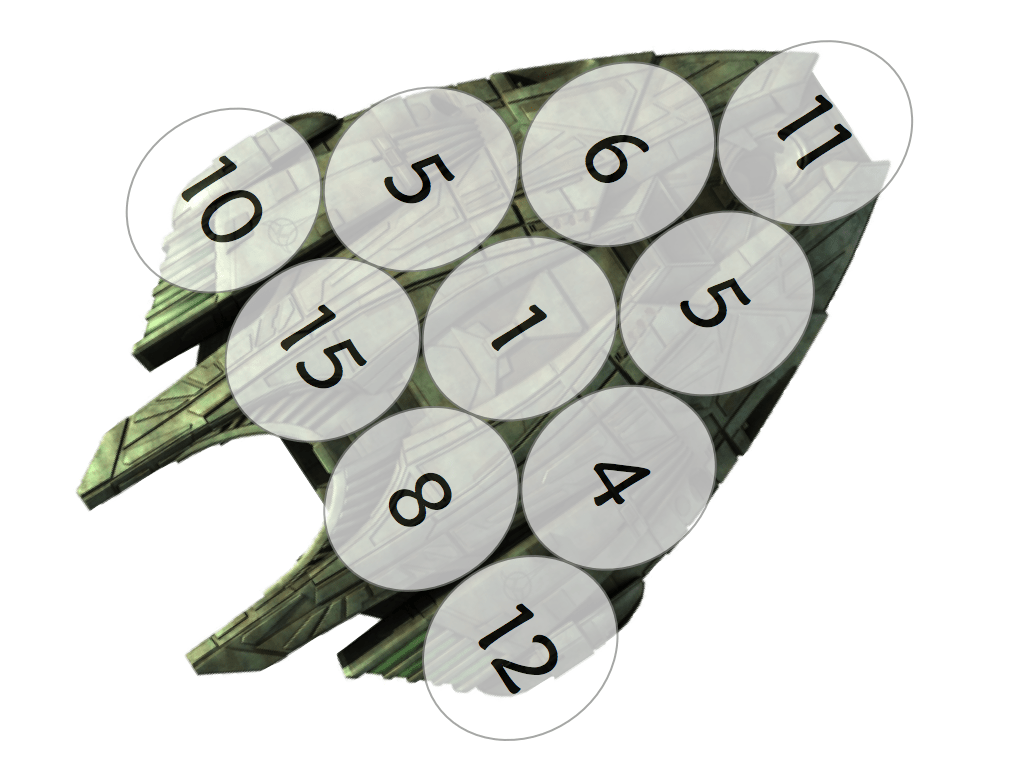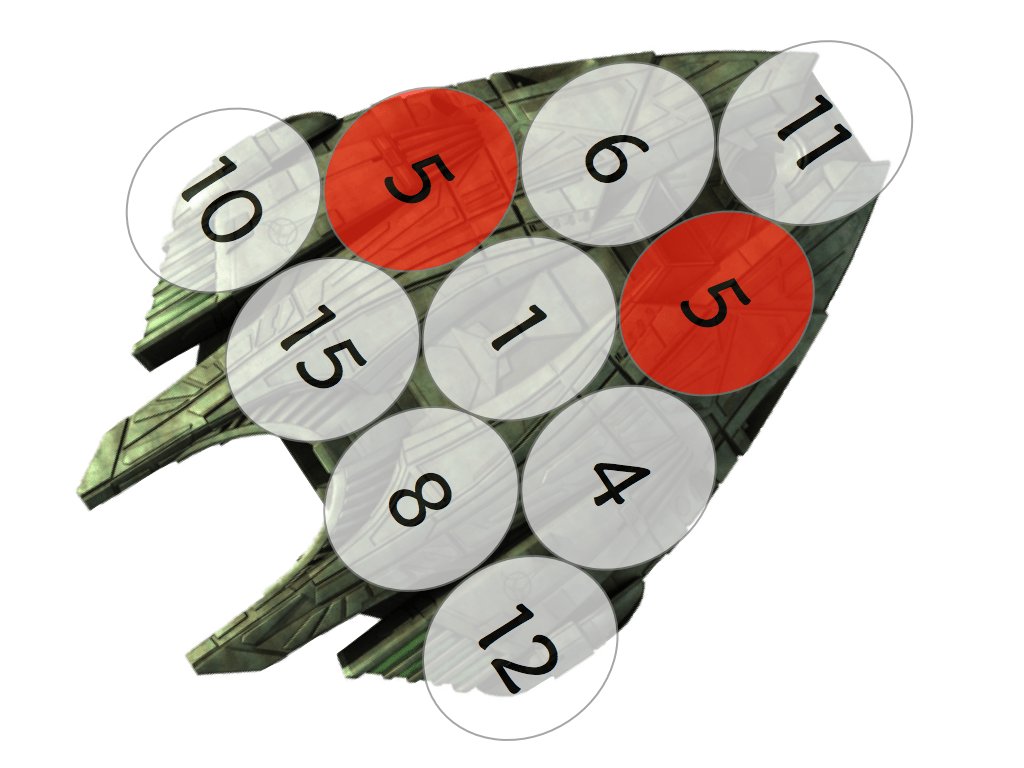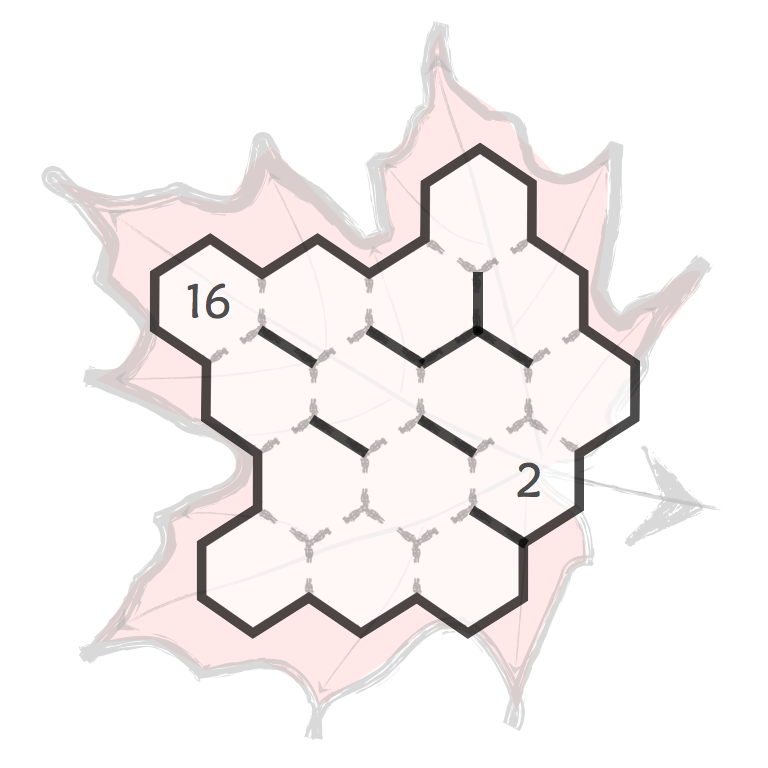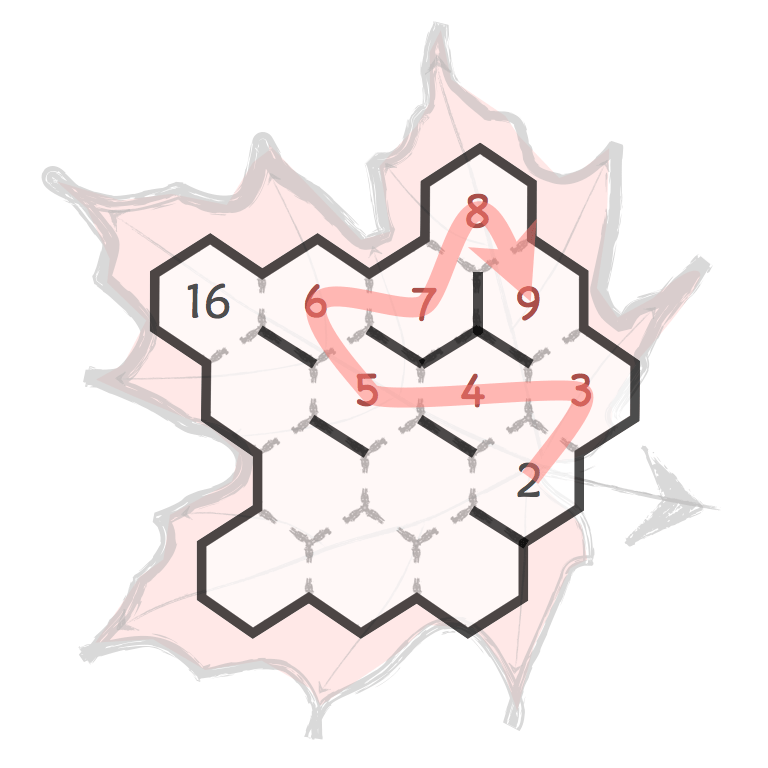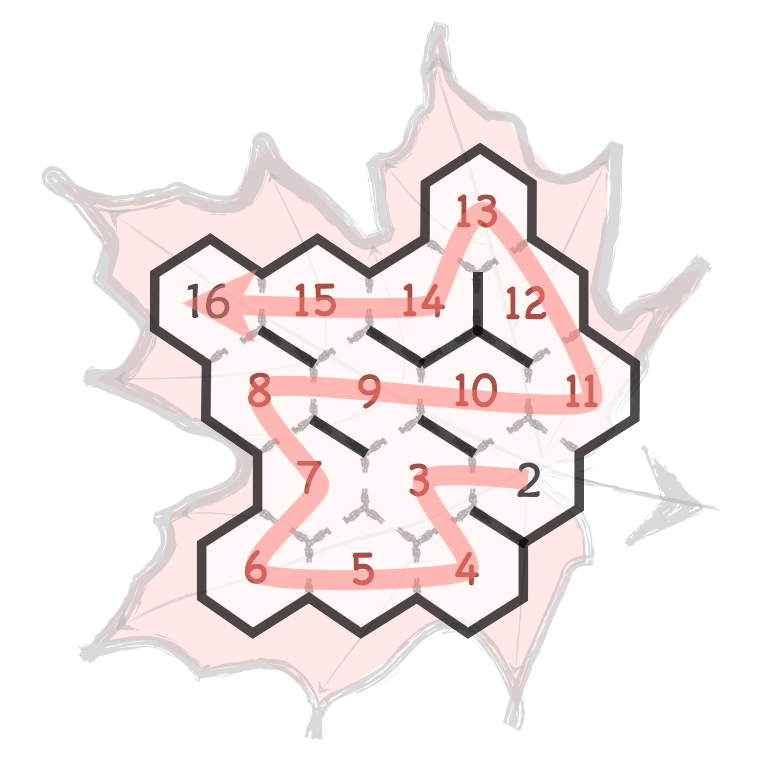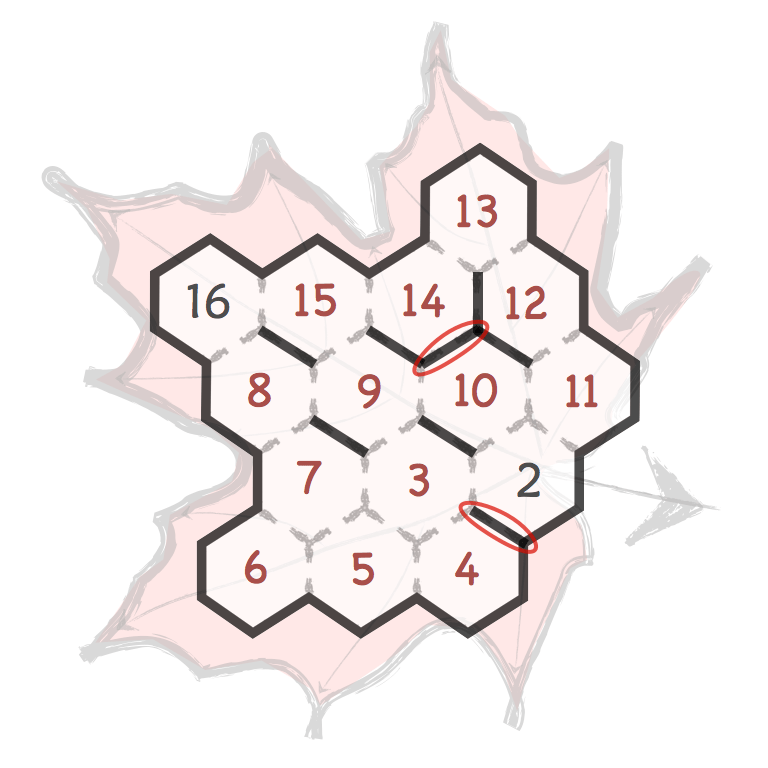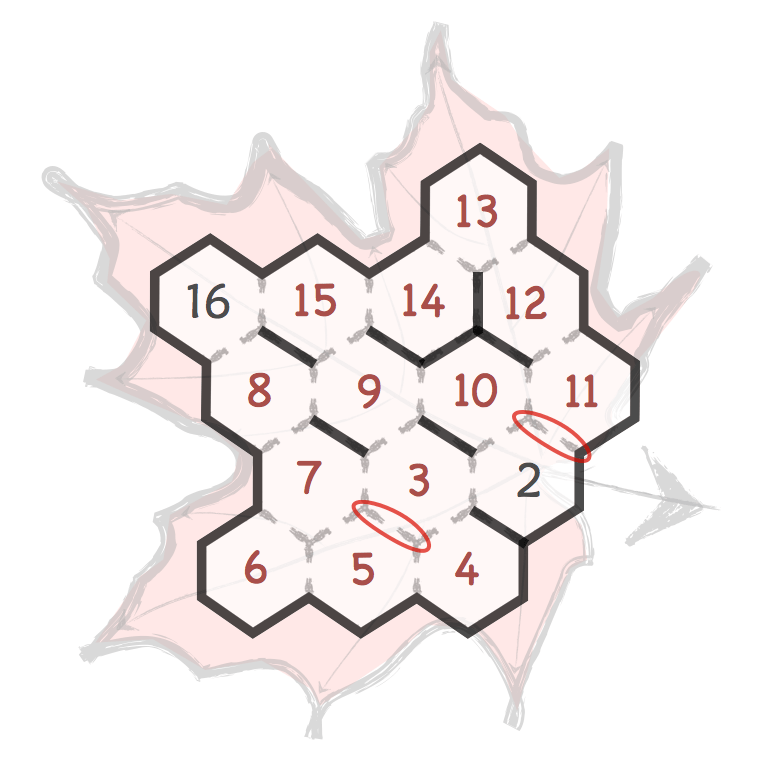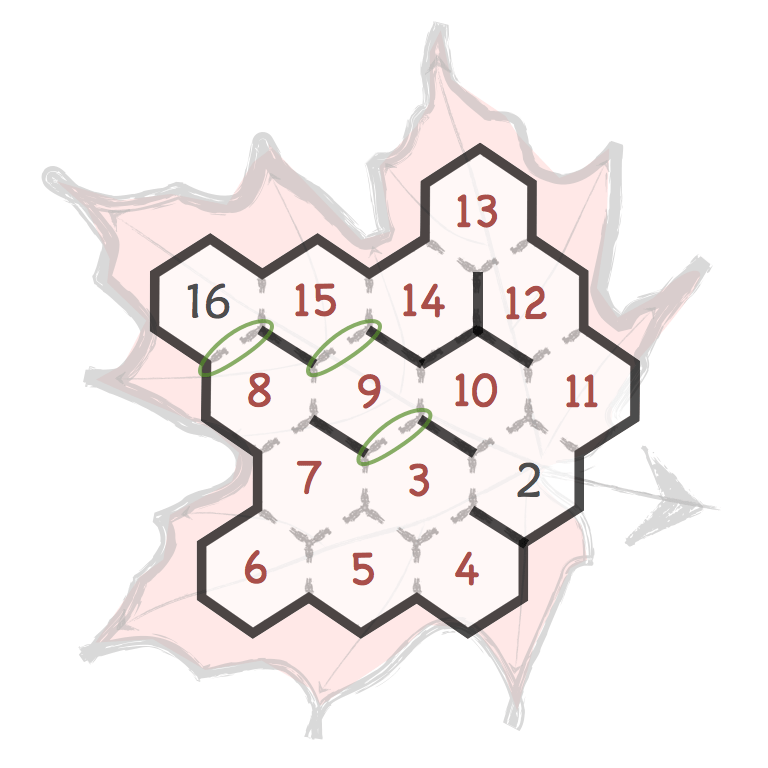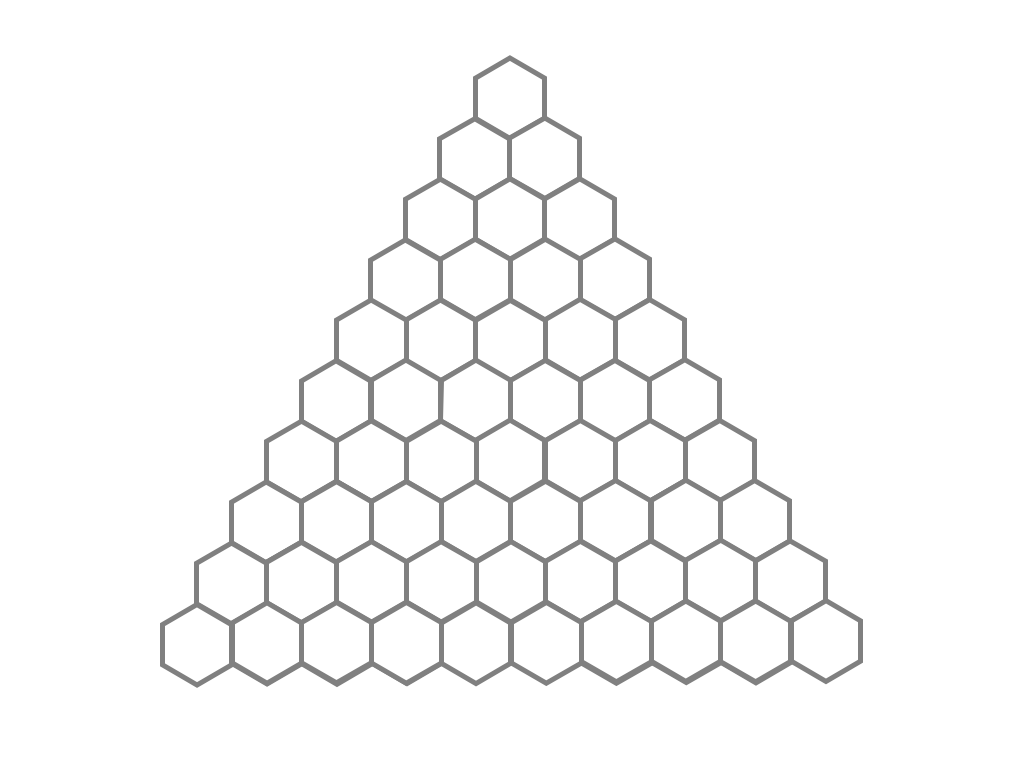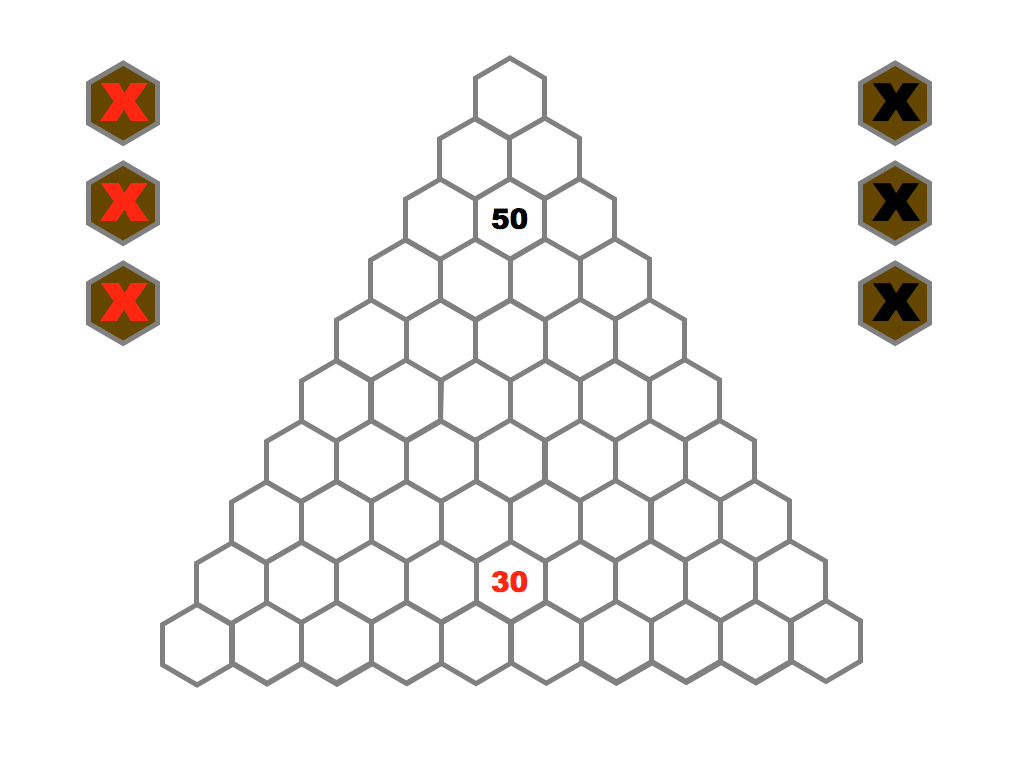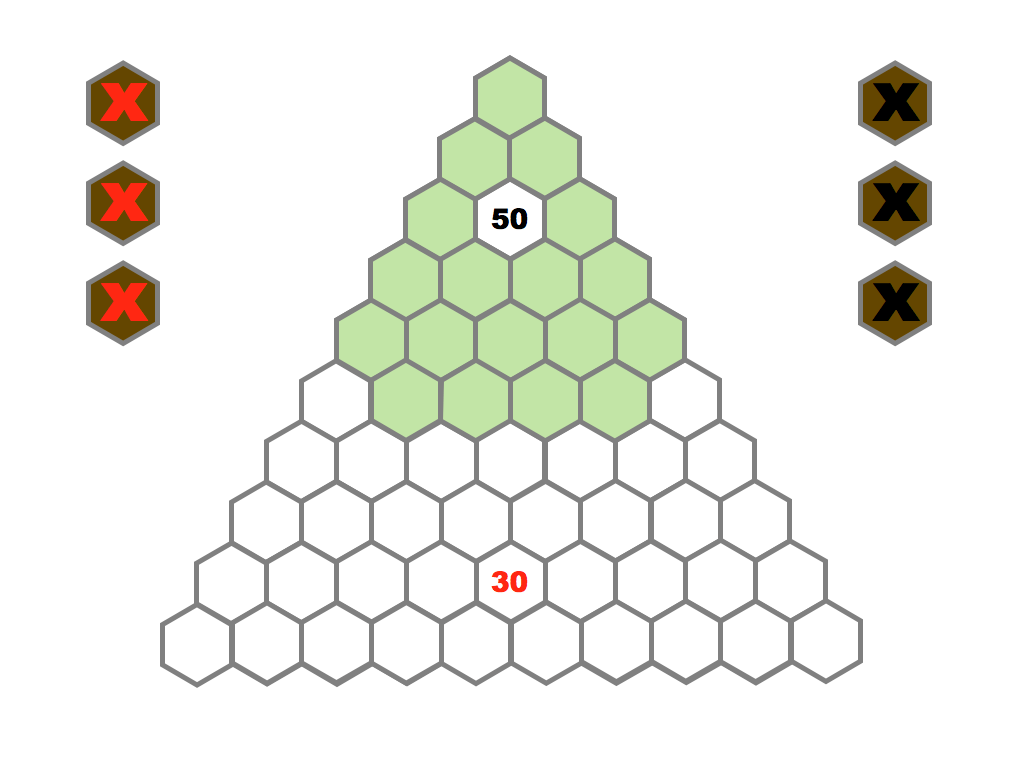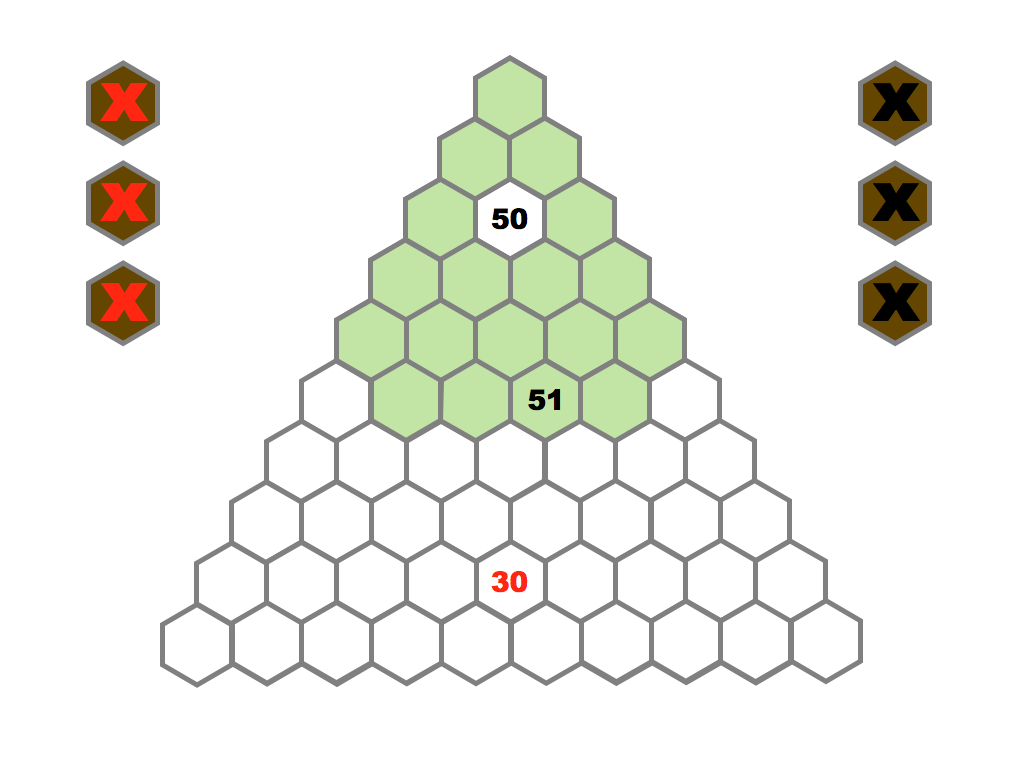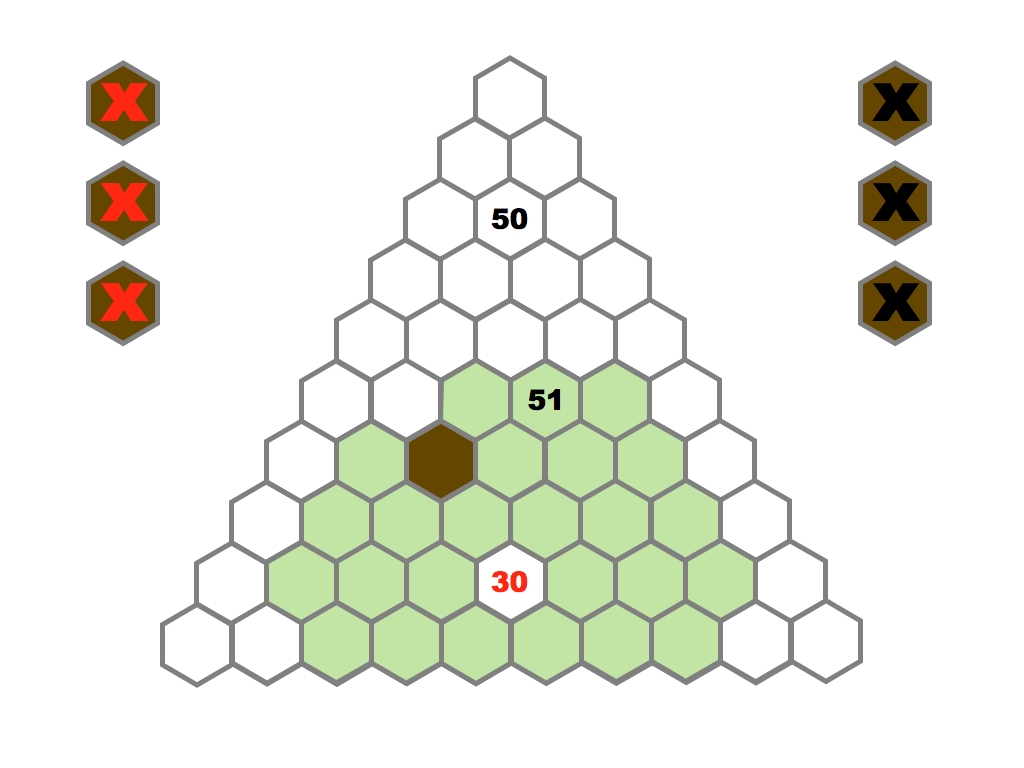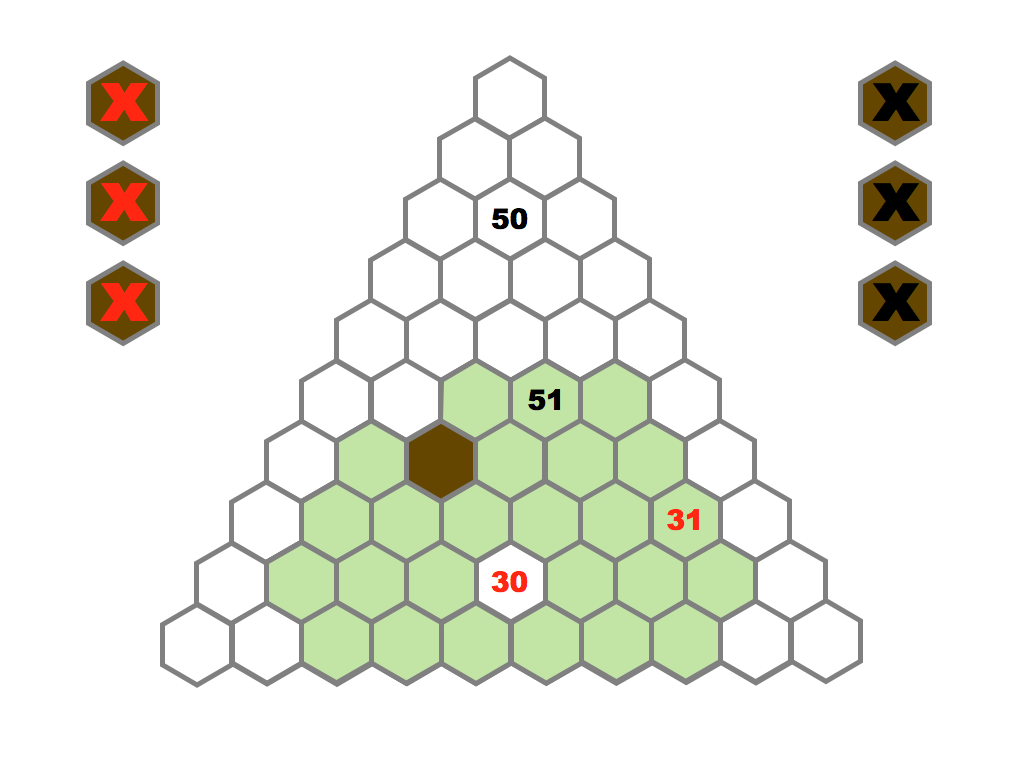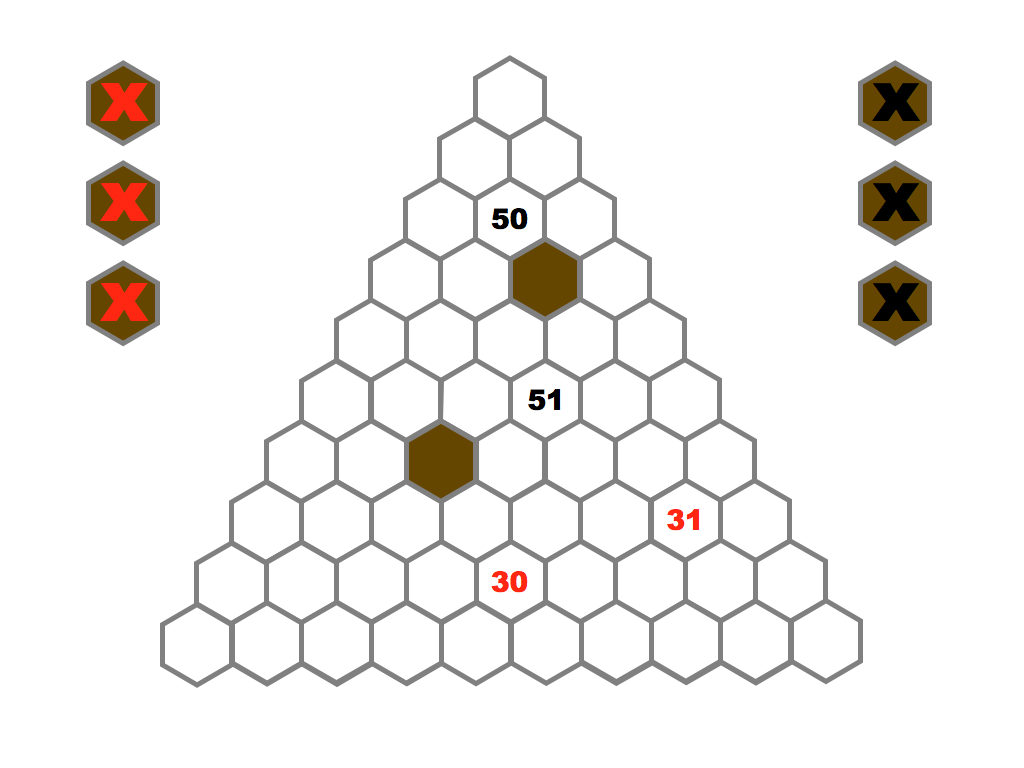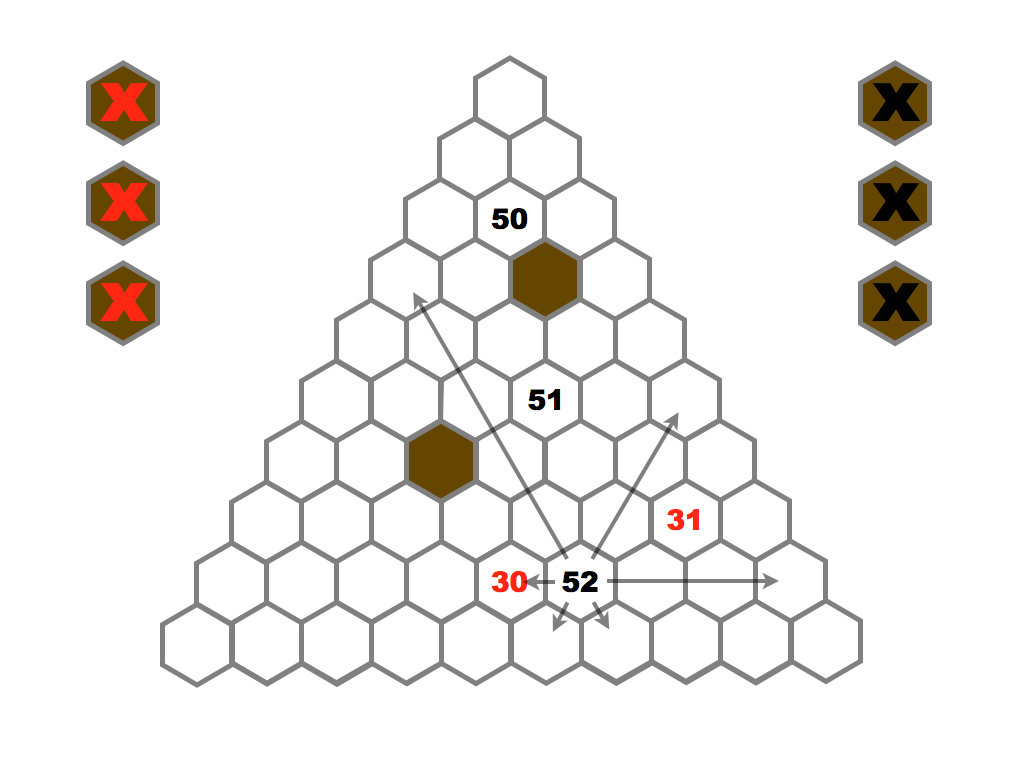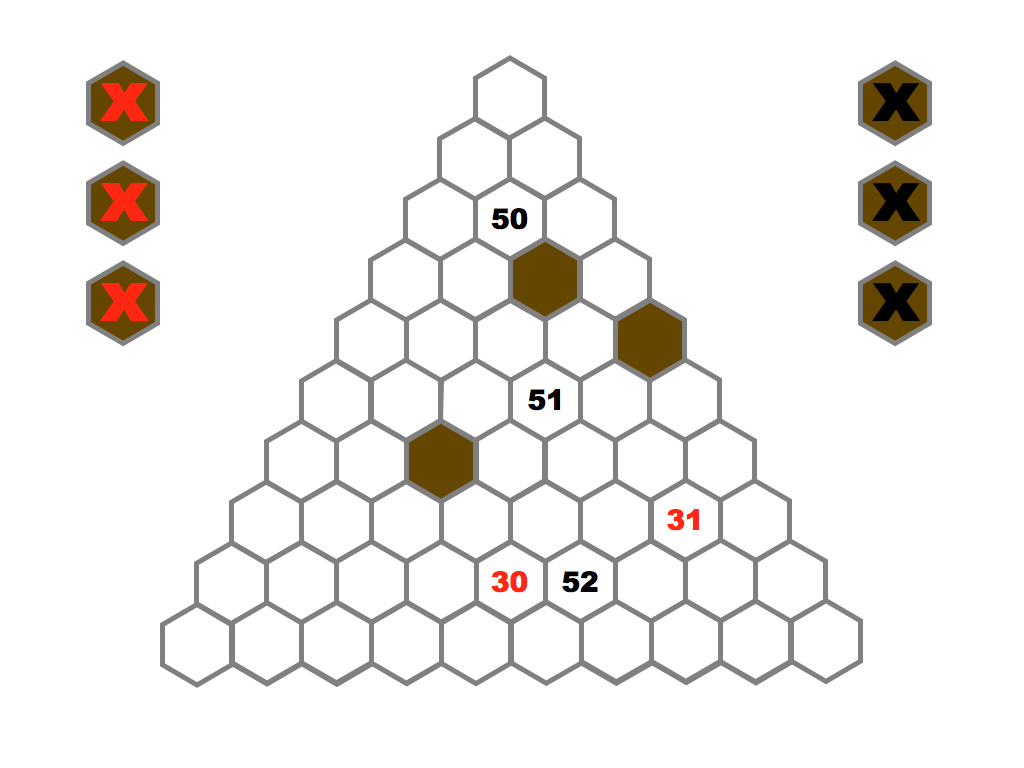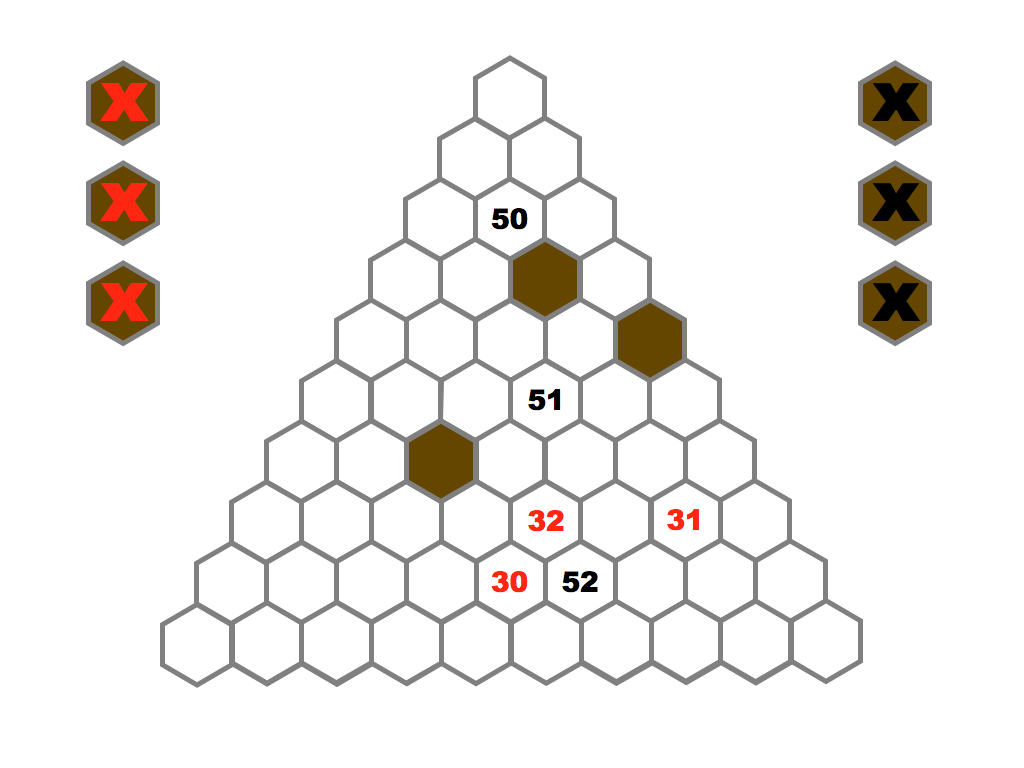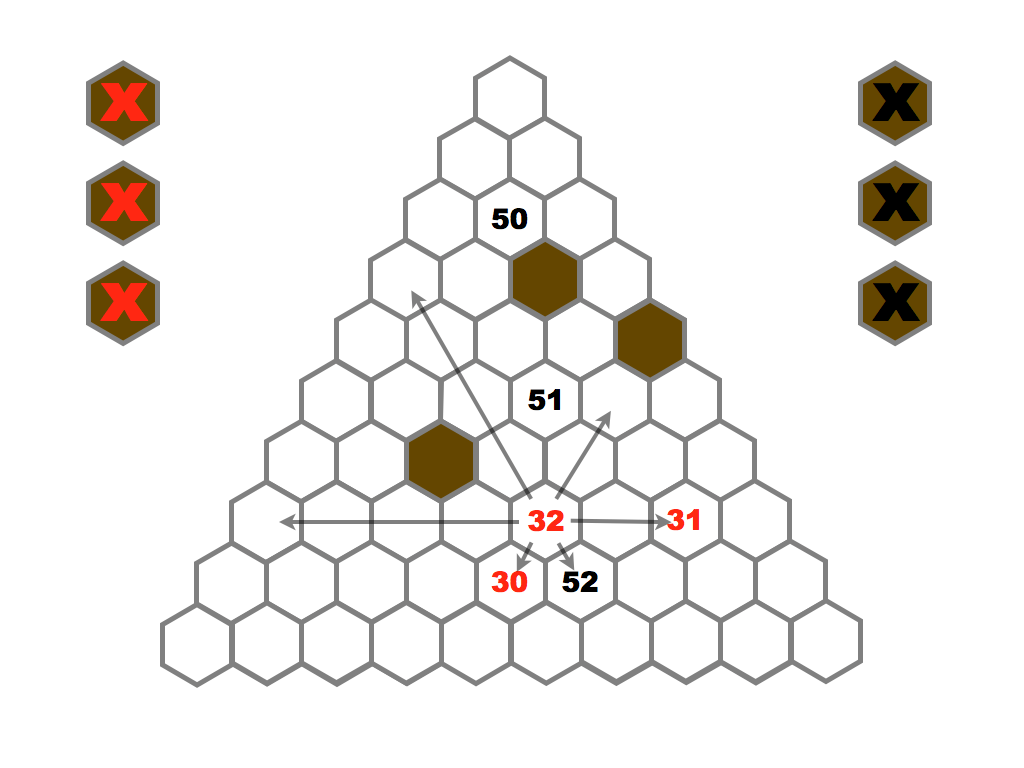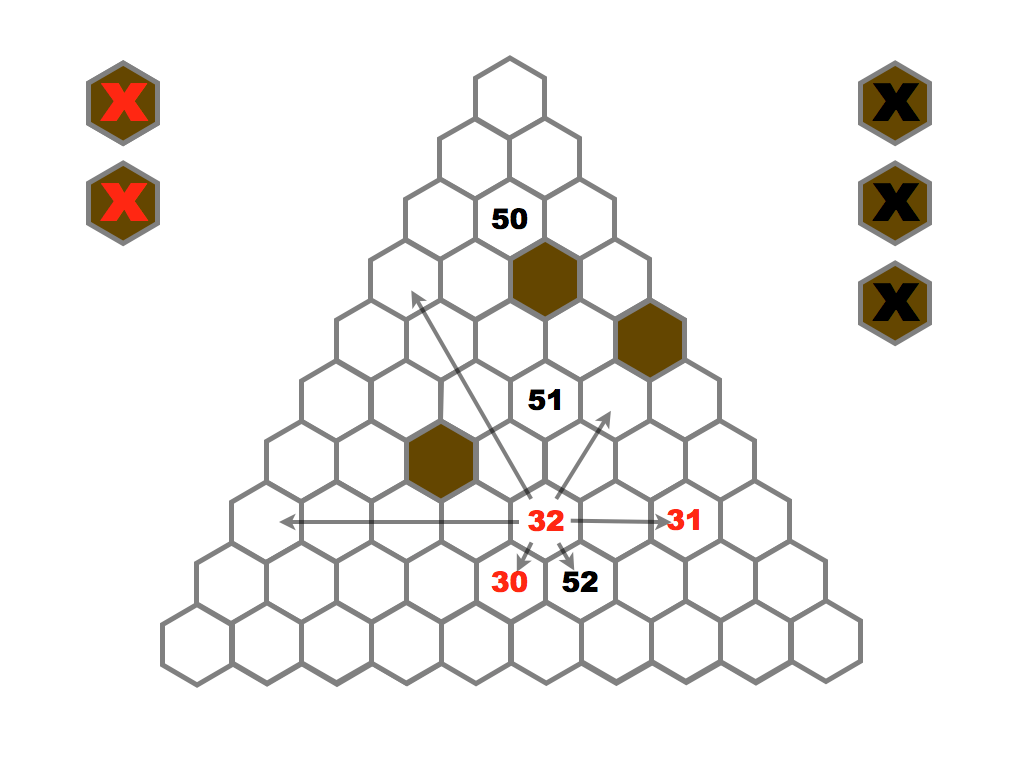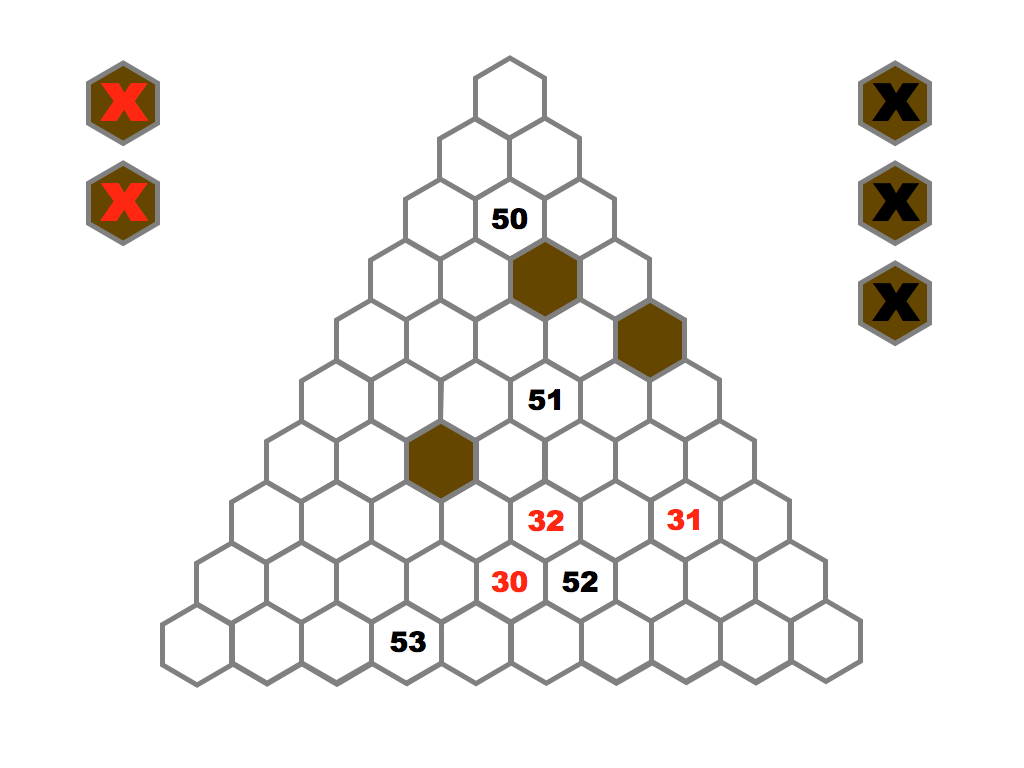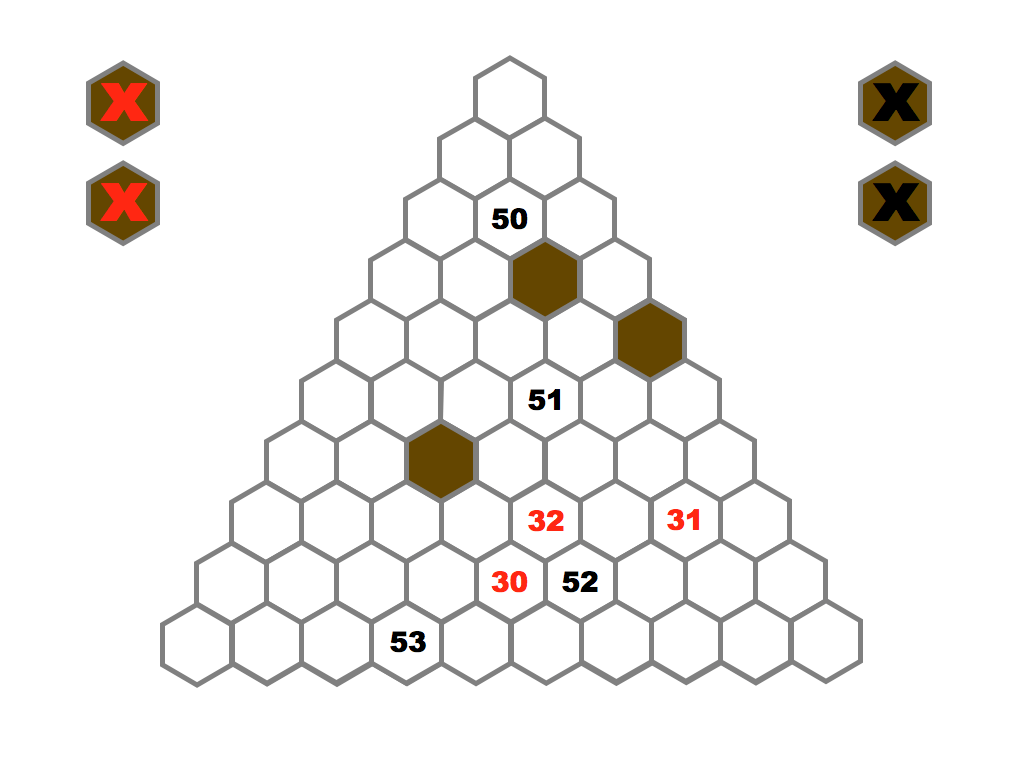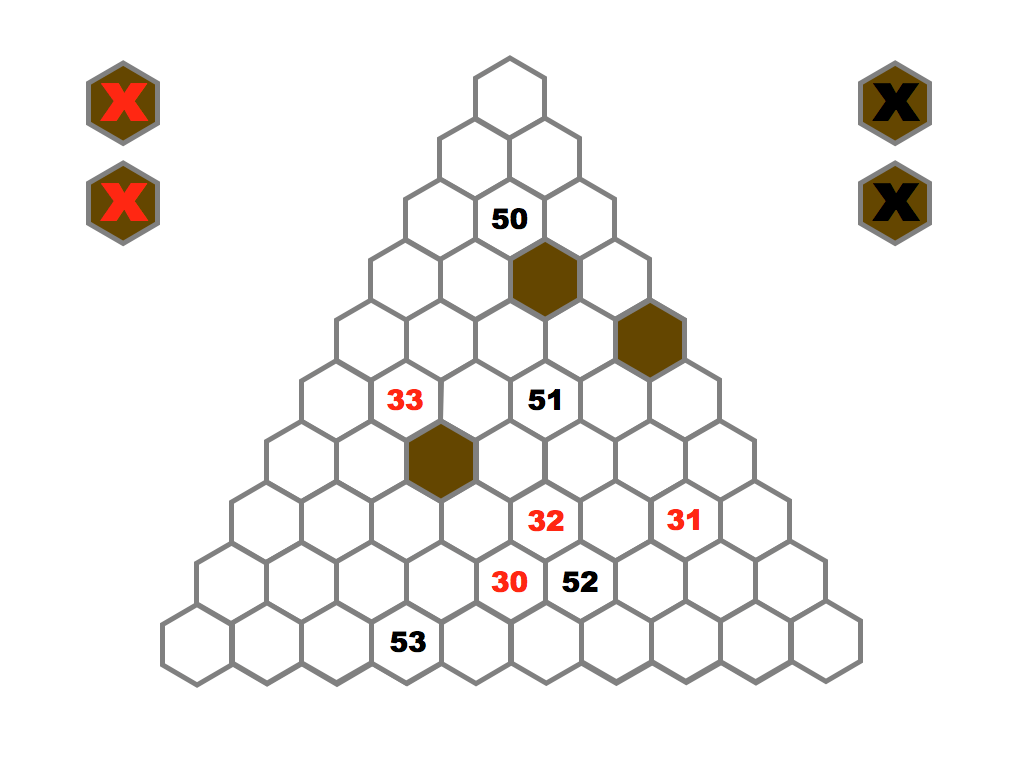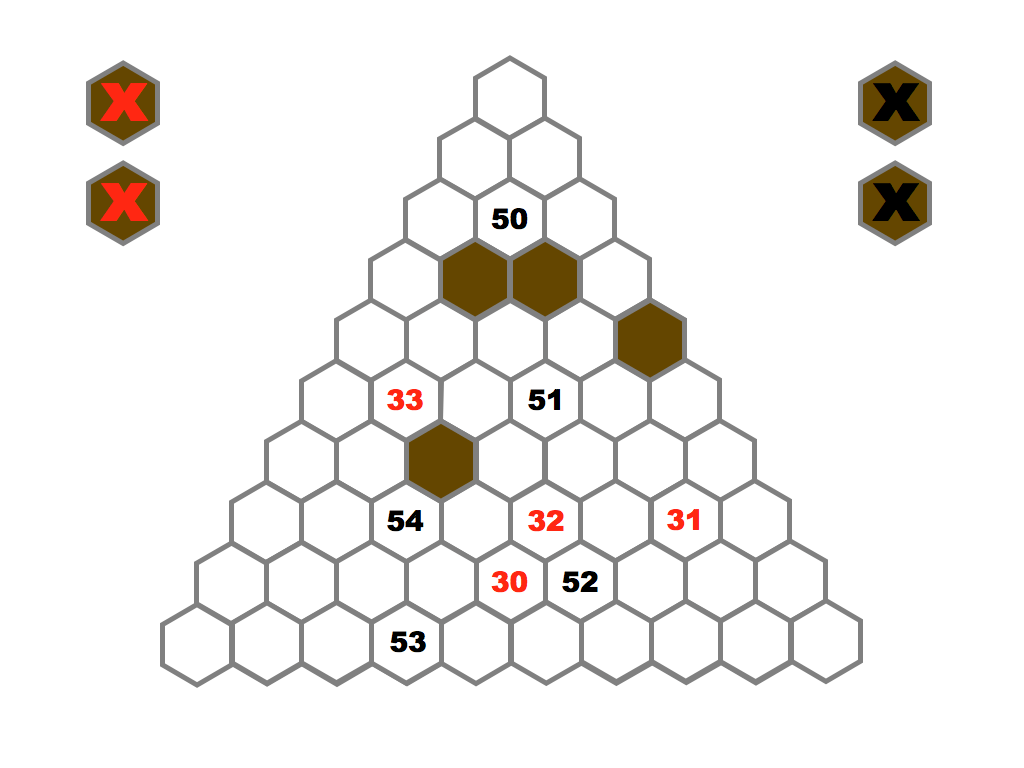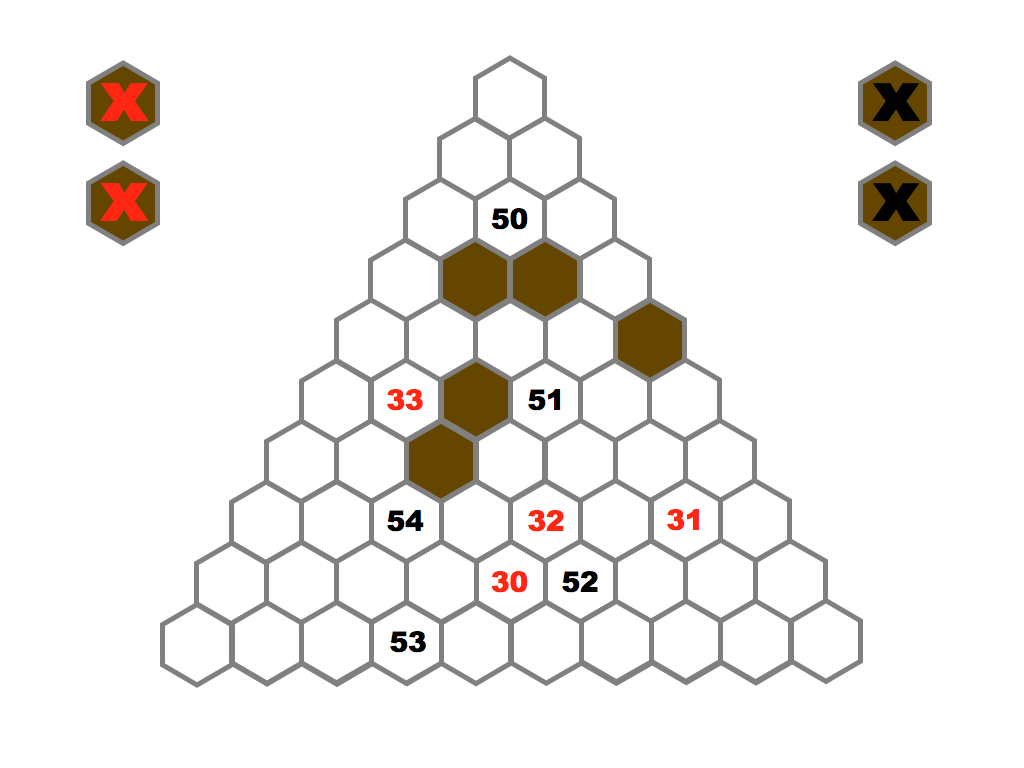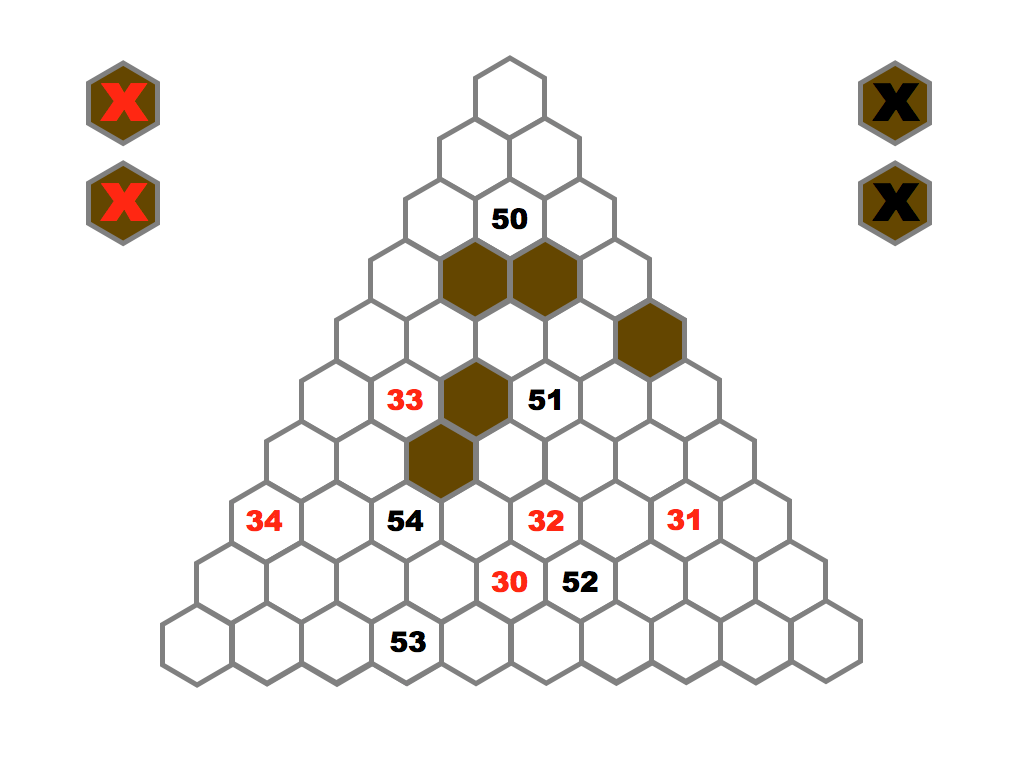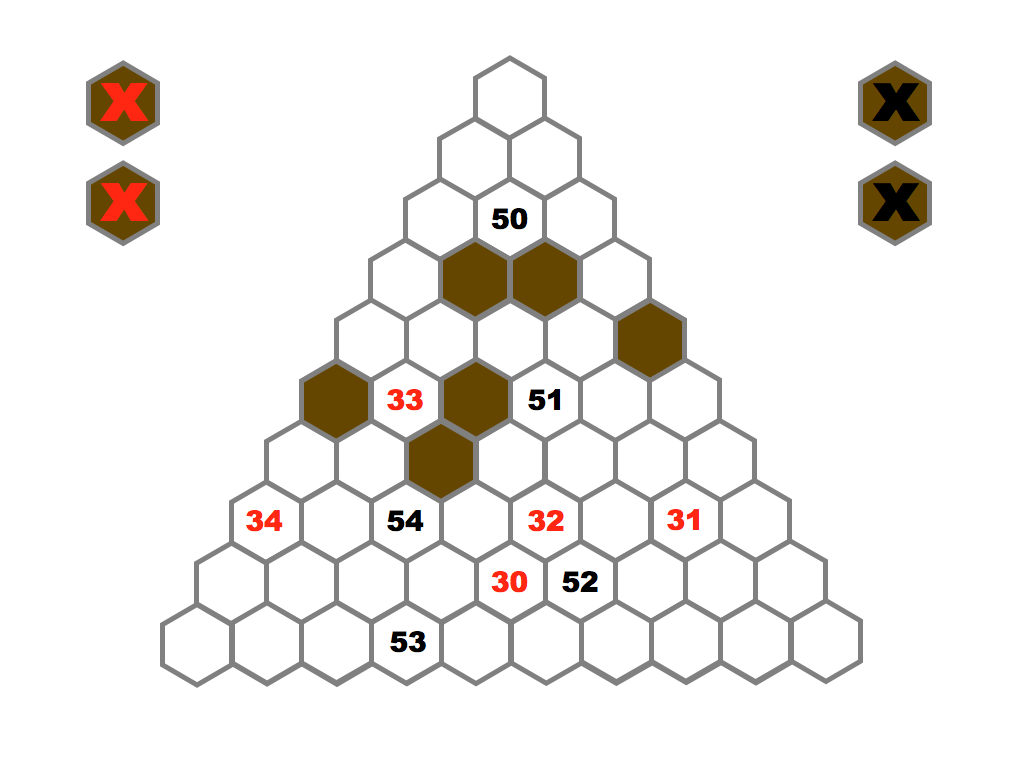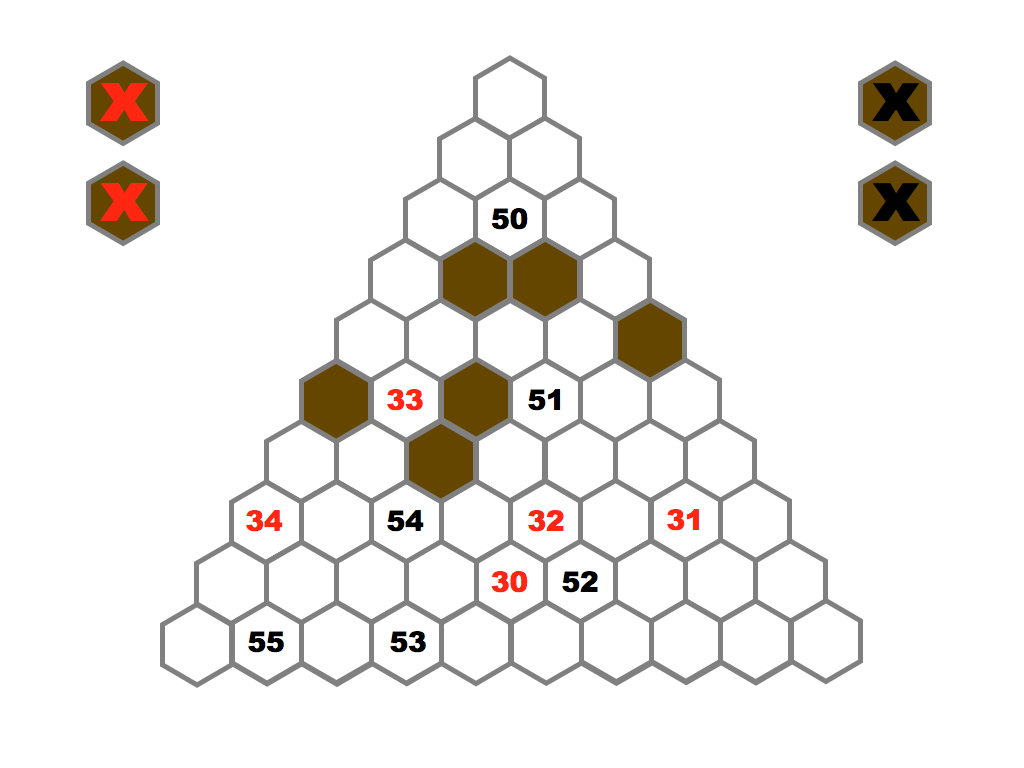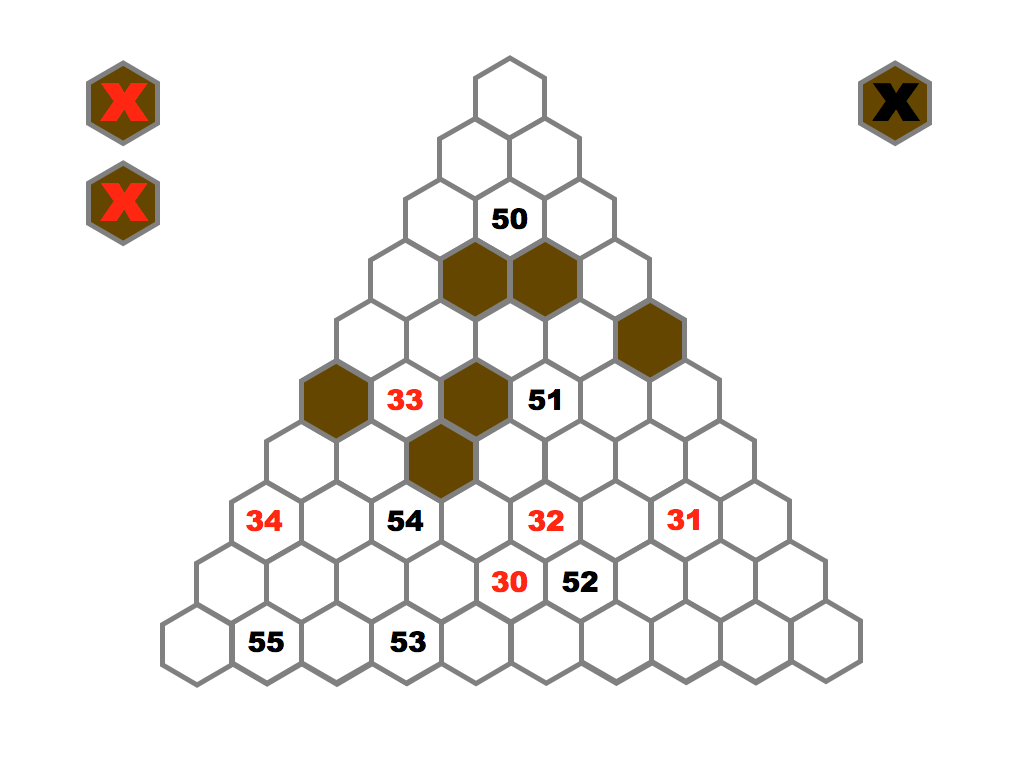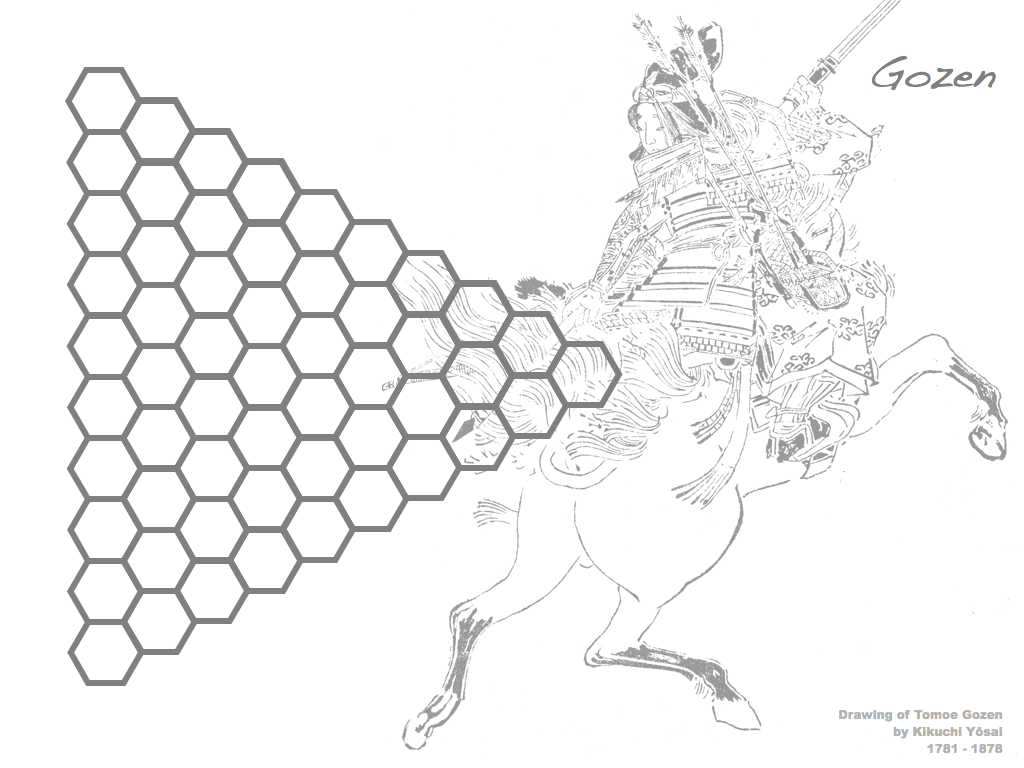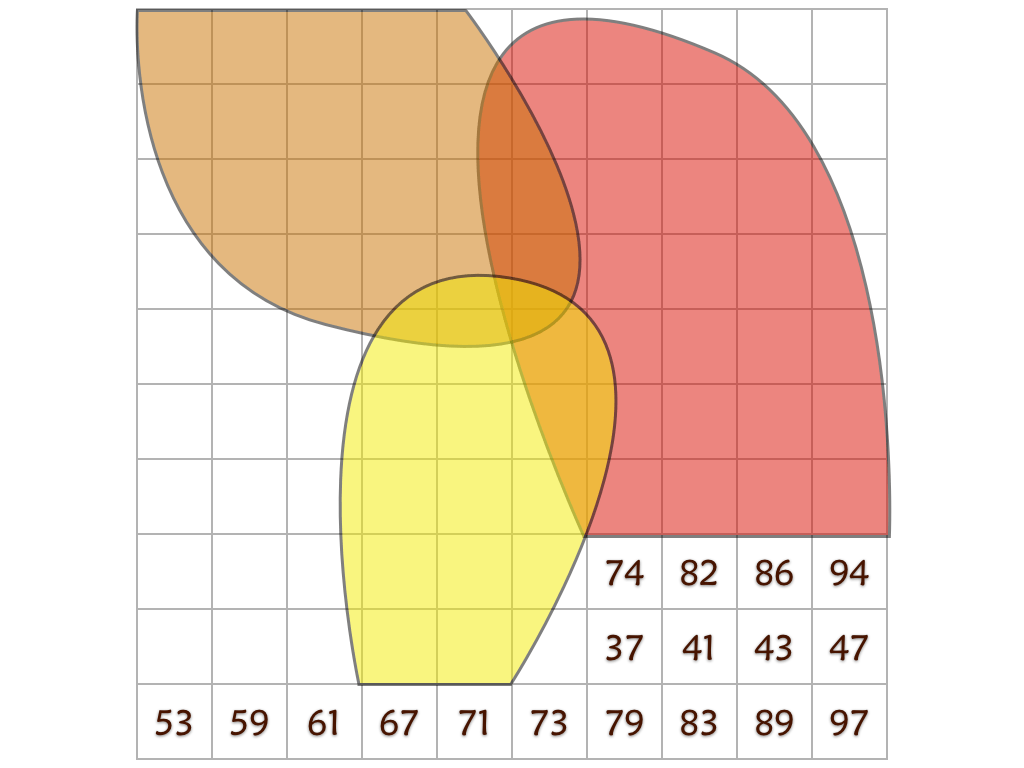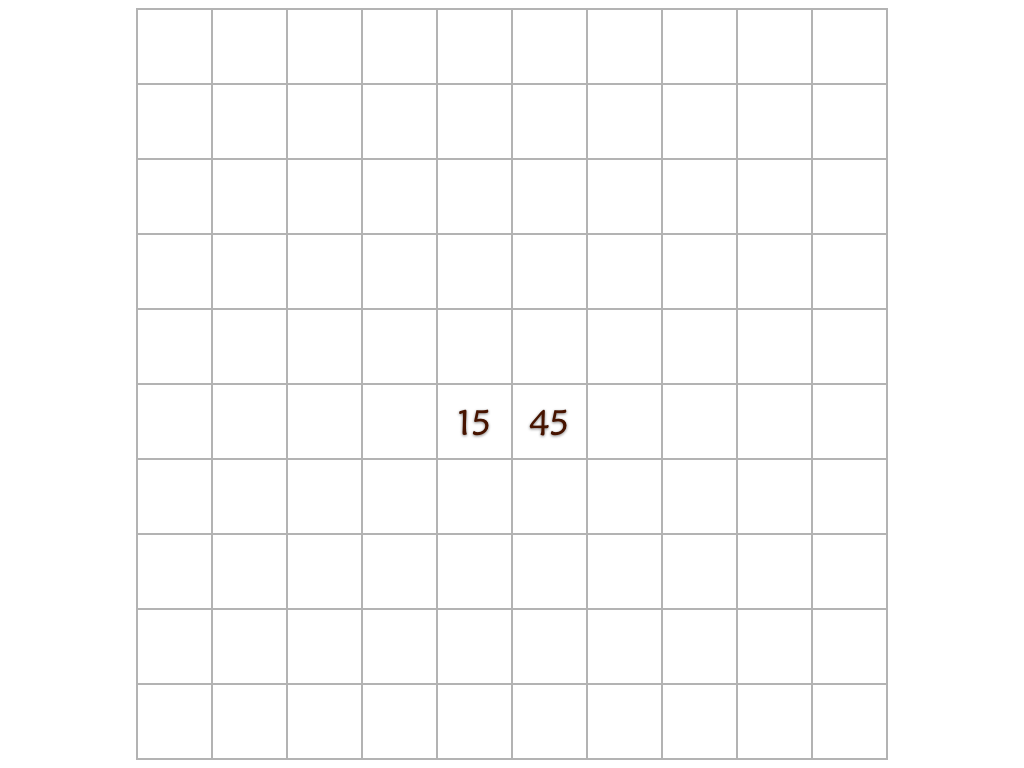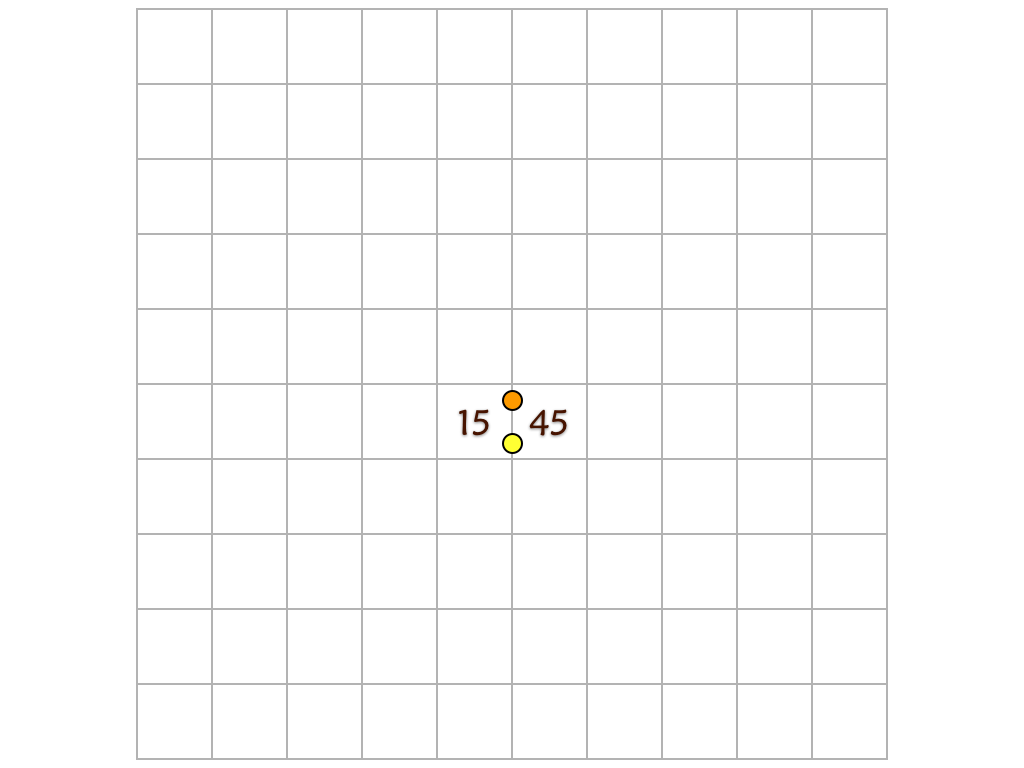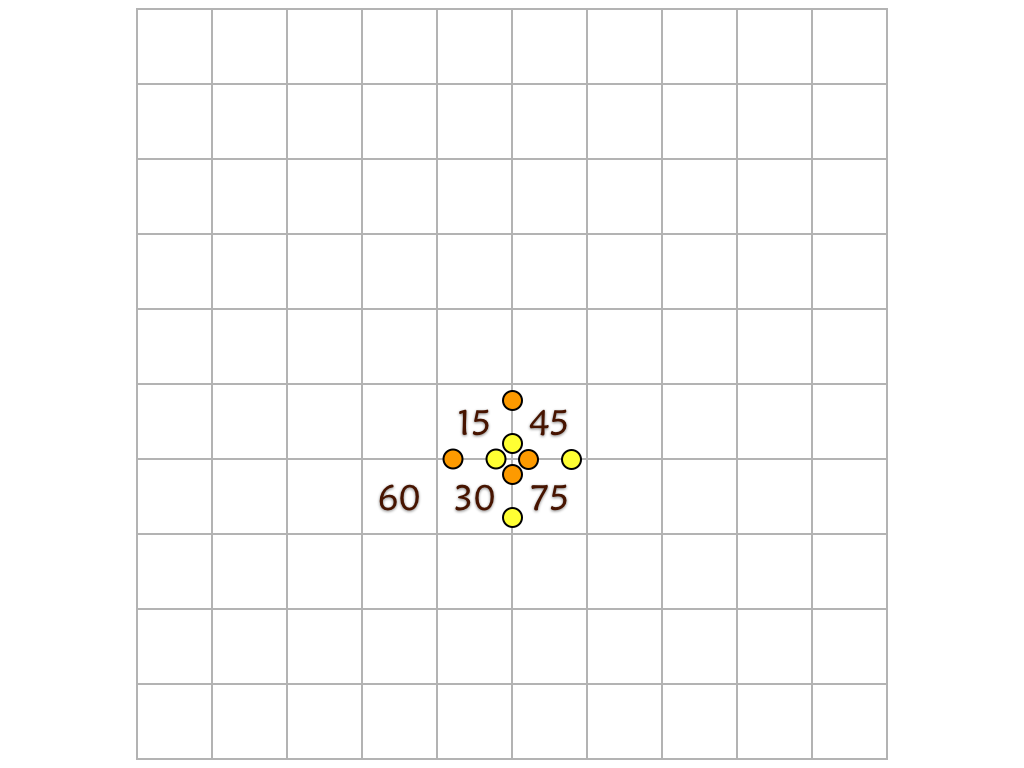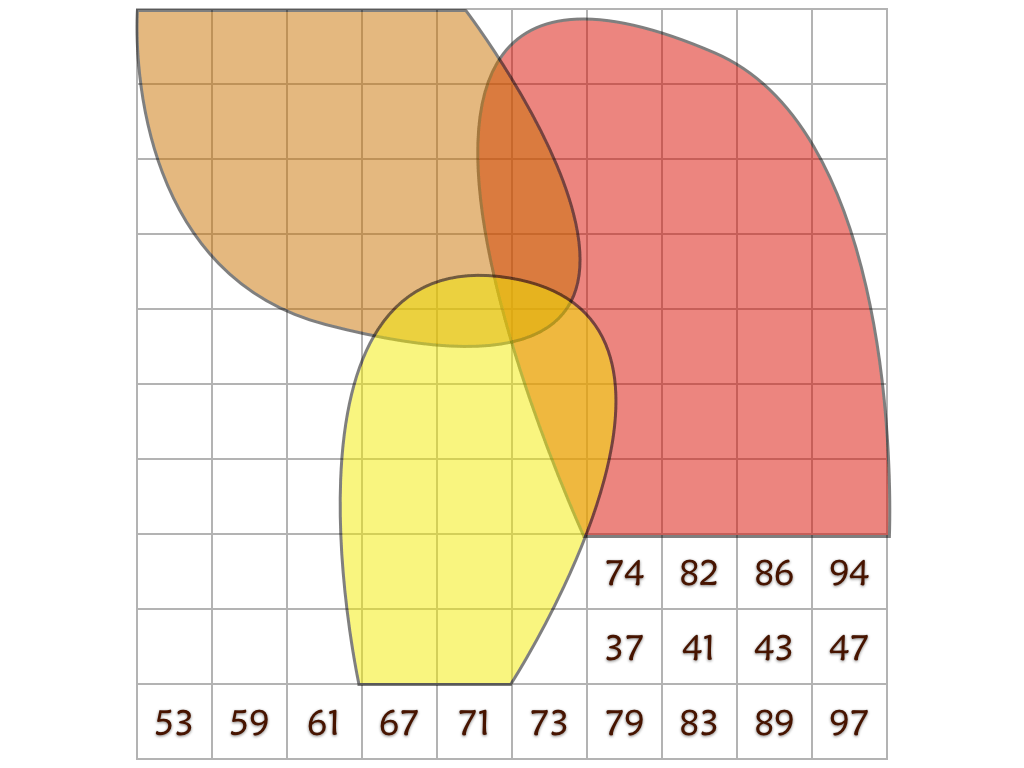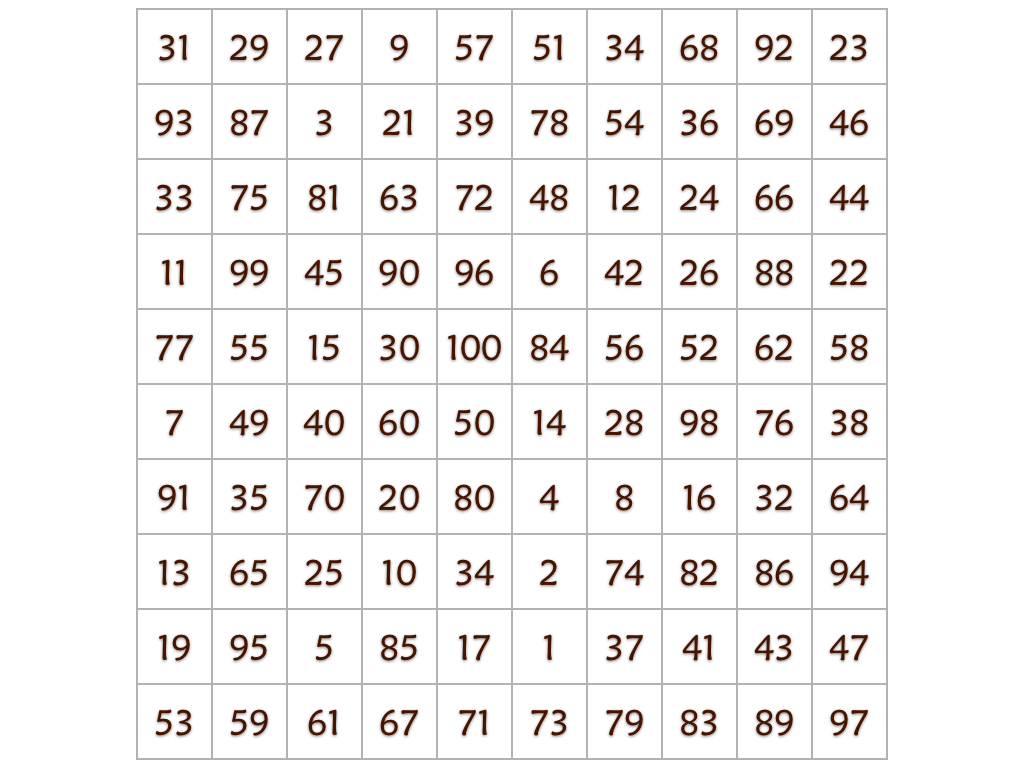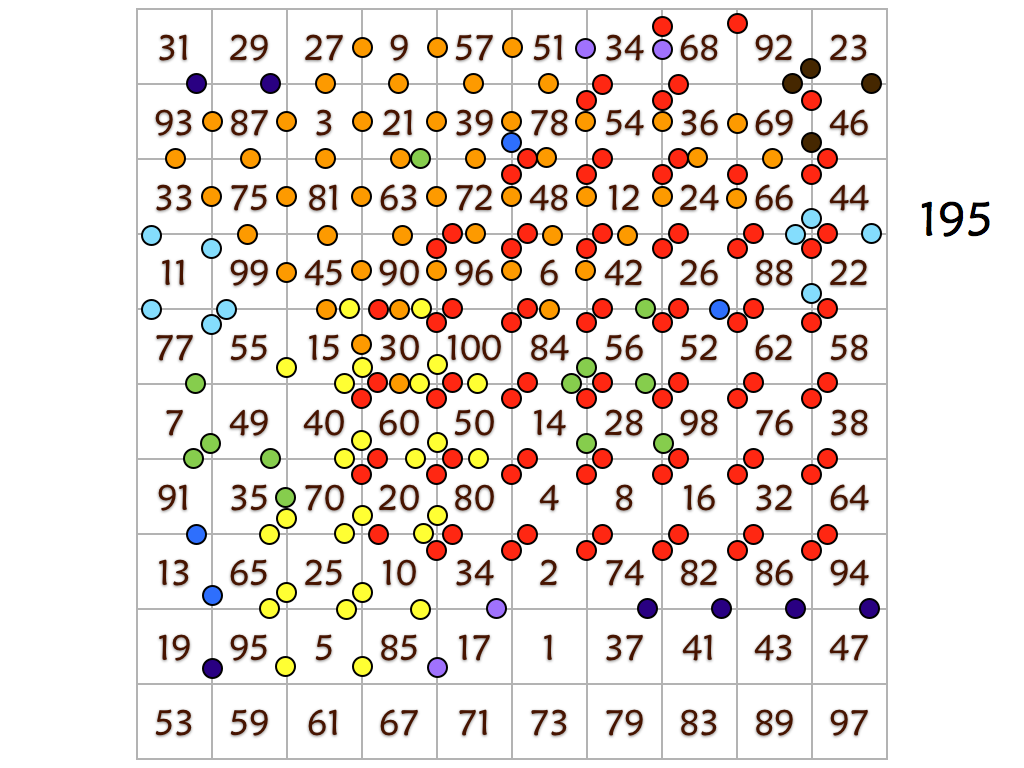Primes & Composites
Integral fission is a variant of prime factorization trees allows the creation of a treasure trove of puzzles. The newest puzzle is to find the first time each Integral Fission shape is encountered. Download the Puzzle-sheet, instructions and solutions here.
GCF Bingo is a game where students can both strategize and gain practice calculating the greatest common factor of a set of numbers.
Download the pdf for the game here.
This is one of the must-play games in your classroom whenever you start tackling prime and composite numbers. References to the $1,000,000 prize are a long way away, but I hope one day to be able to tell you all that it is true.
Attached is a pdf game-sheet for your students.
Choose a number. Find all of its proper divisors. Add them up to find a new number. Repeat. What happens? That’s what we are going to explore in this quirky visit with Tweedledum and Tweedledee.
Several prime and composite numbers puzzles and mini-competitions. Rather than the hexagon shown in this video, the mimizu puzzles are best played on beautiful leaves that you can see and download in the slide presentation below.
This is a sequence developed by the great mathematician John Horton Conway.
After describing the sequence starting with 1,1 student pairs should start with their own two numbers from 1-10 and see what happens to their sequence. This is better than having all students work on the same sequence because then it just becomes a race and the slow, ponderous thinkers will feel justifiably uninspired. Do all sequences start doing the same thing?
This is not an original puzzle, but it is one of my first experiences of a quality problem and therefore one that inspired my own designs. Here is the downloadable pdf.
The way I introduce Prime and Composite numbers is through one of the engaging puzzles above. However, most educators make the mistake of starting with a formal, but not quite as engaging, structuring of the subject matter.
Engage first – structure later.
If you absolutely feel compelled to introduce the structure first, then I suggest something like that shown in the video on the left where prime and composite numbers are introduced using elastic bands and talk of rectangles, square and line-segments.
This is absolutely one of my favourite pedagogic discoveries from recreational mathematics. It is engaging, evocative and curiosity inducing.
PS. Warning: This problem requires students to learn binary! Most curricula have this appearing years after students learn about prime number

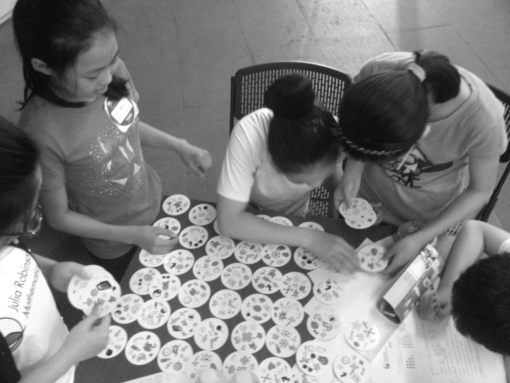
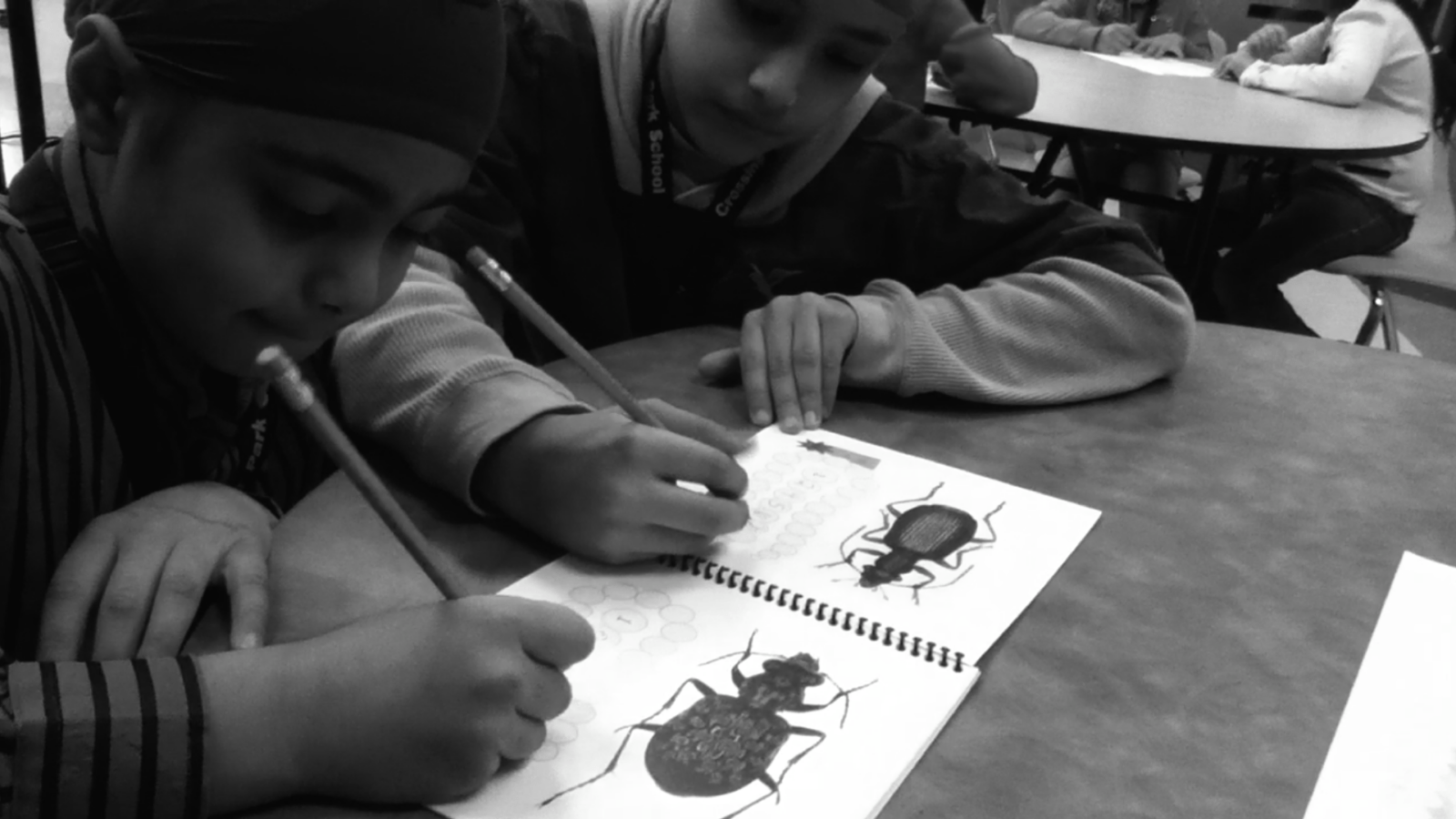
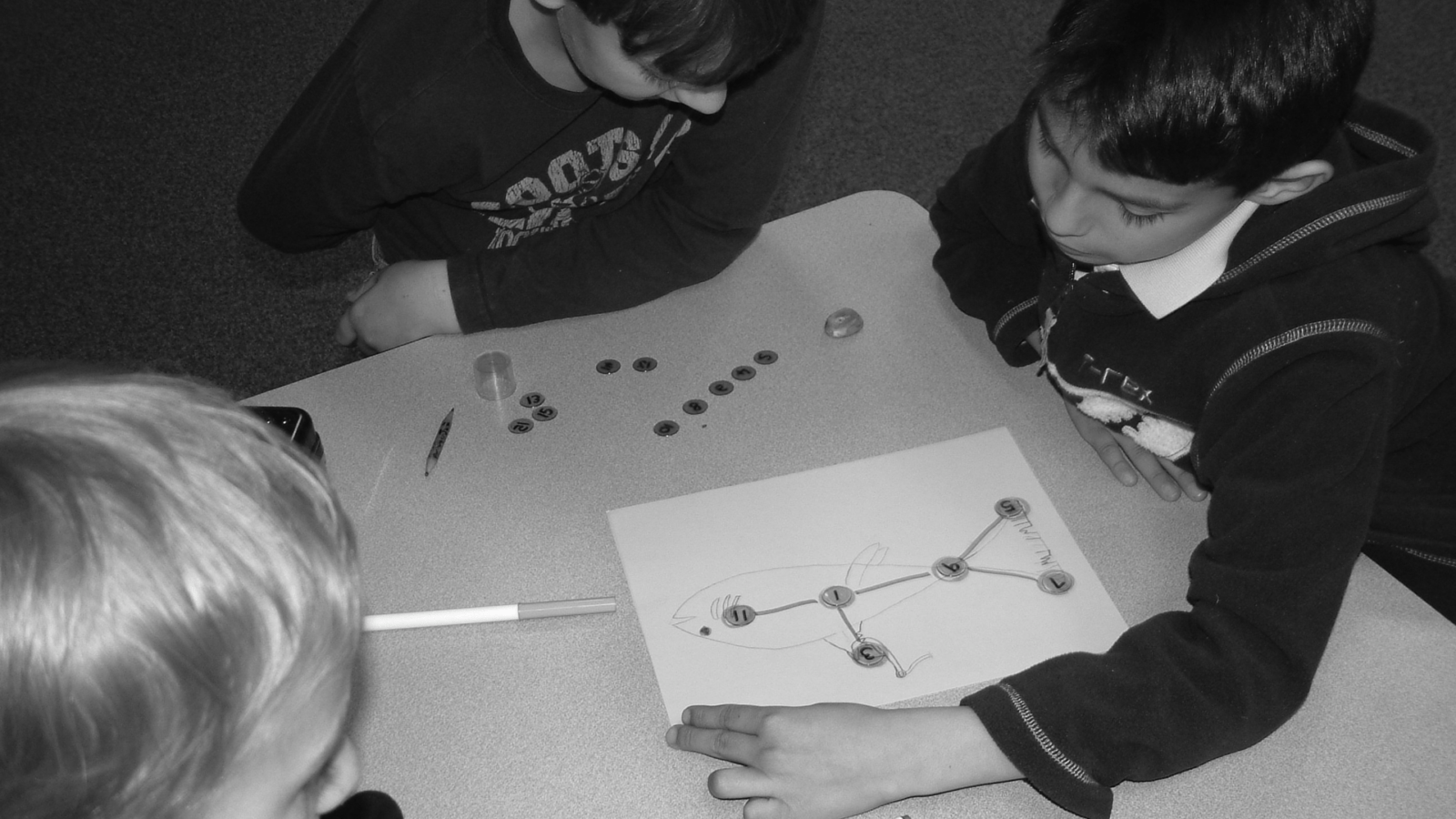
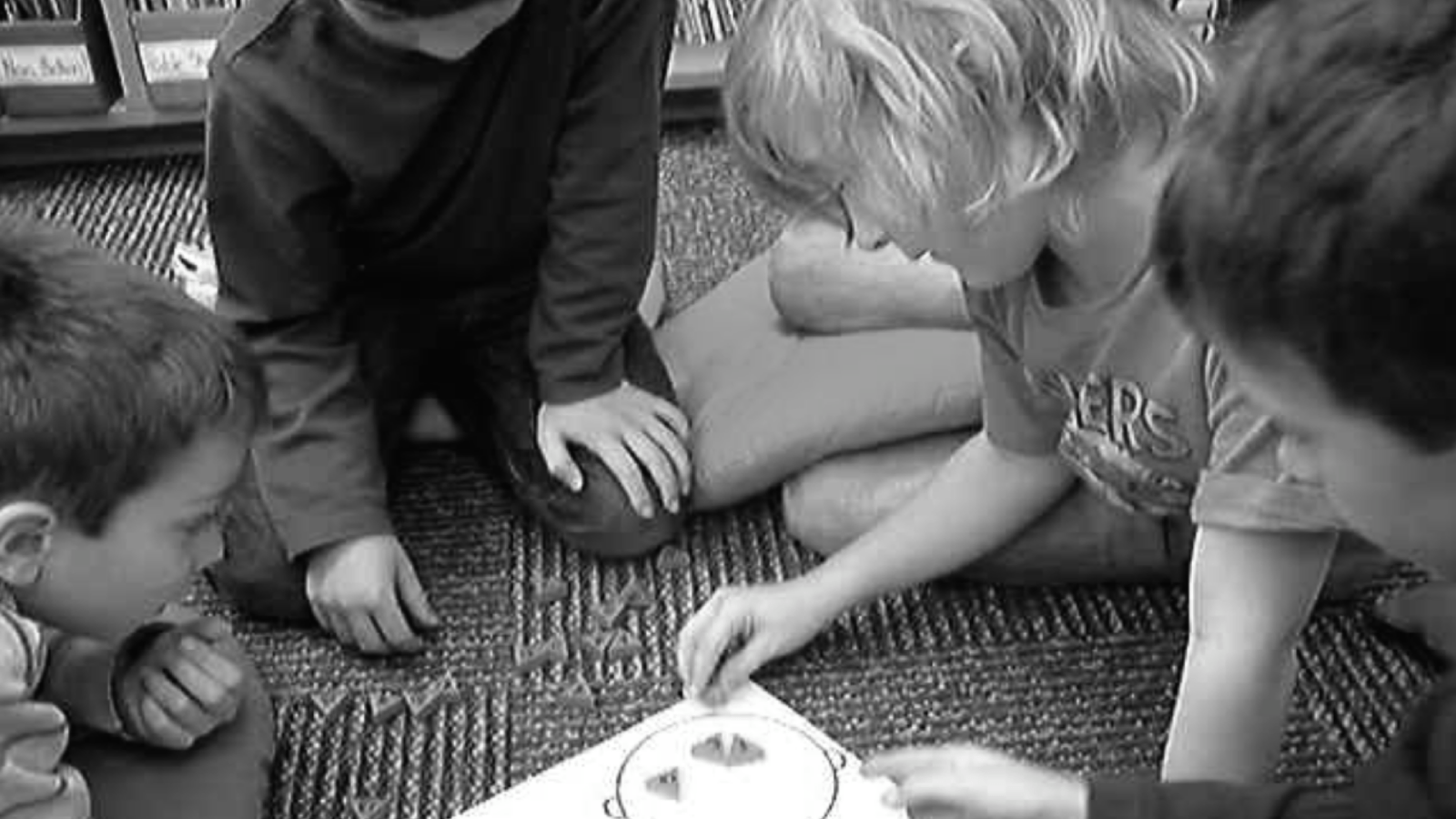

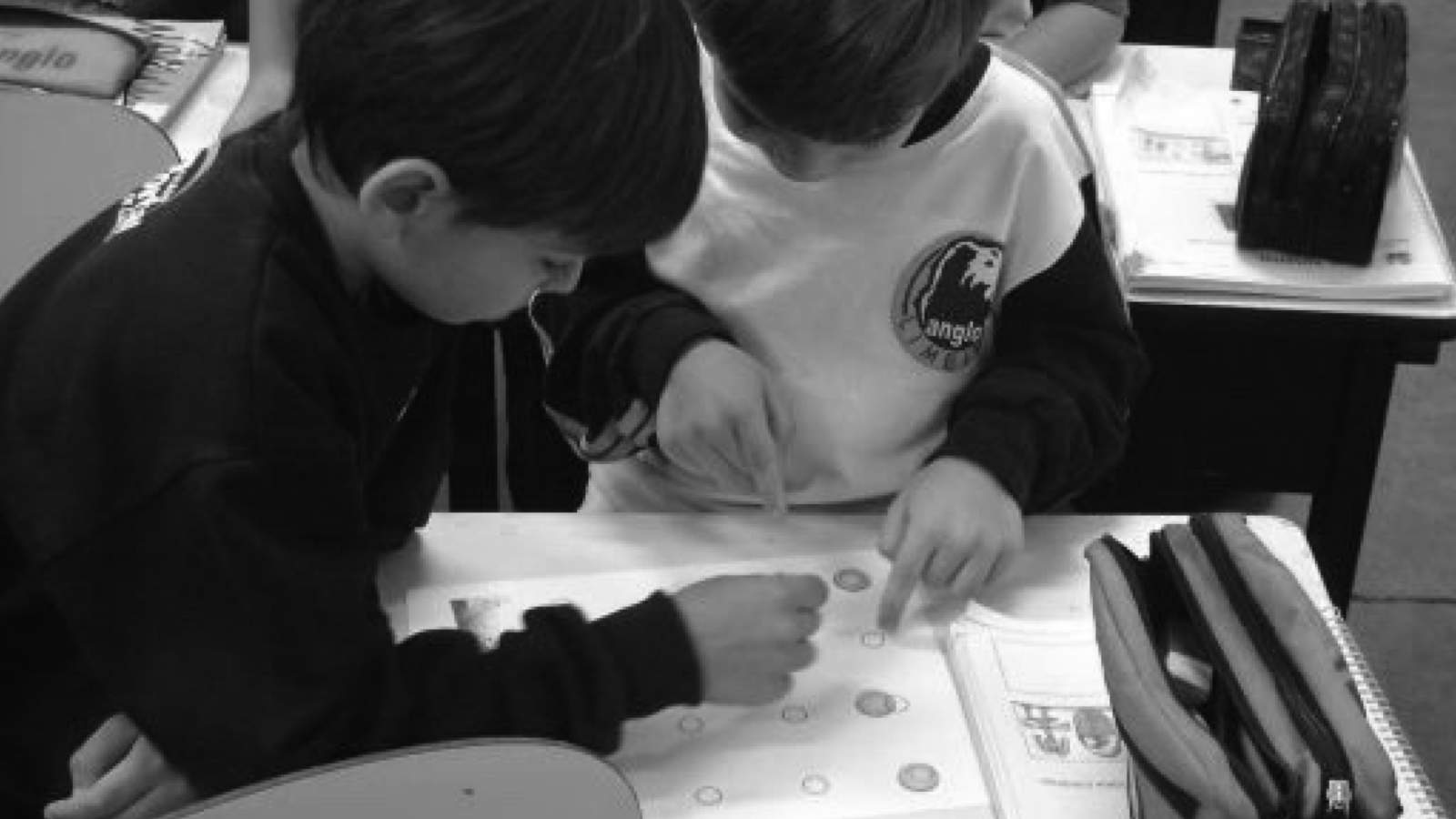

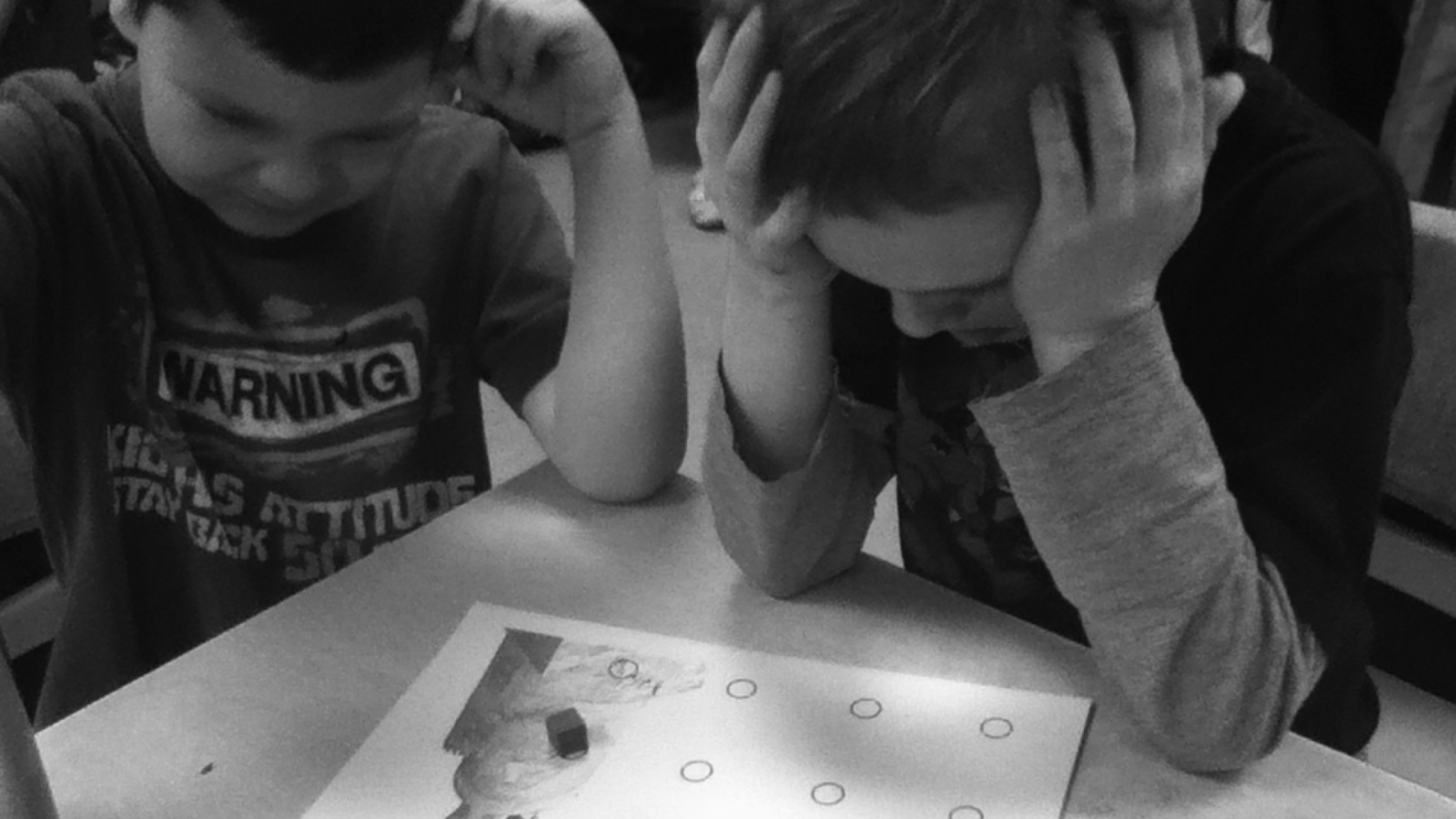
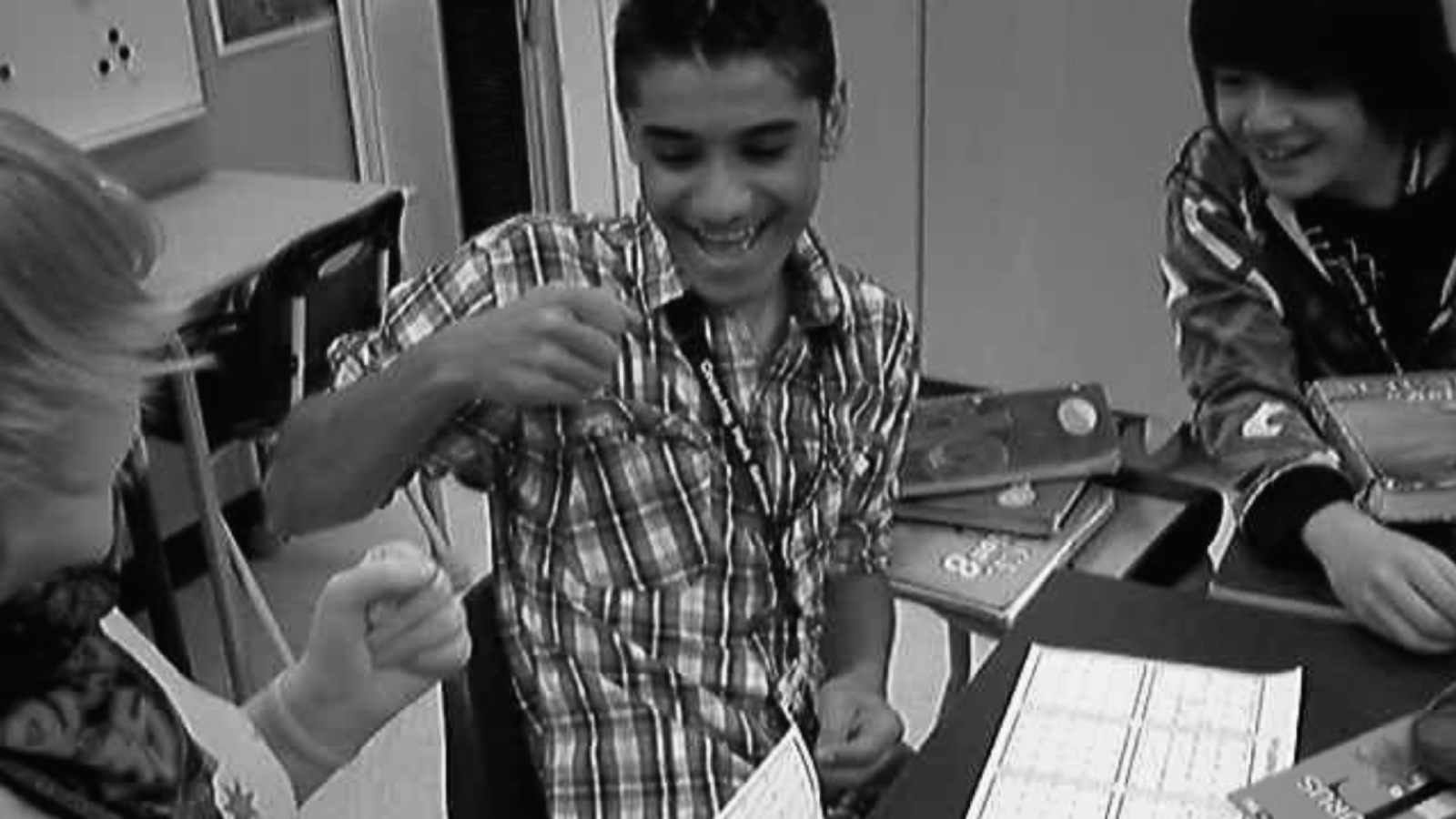
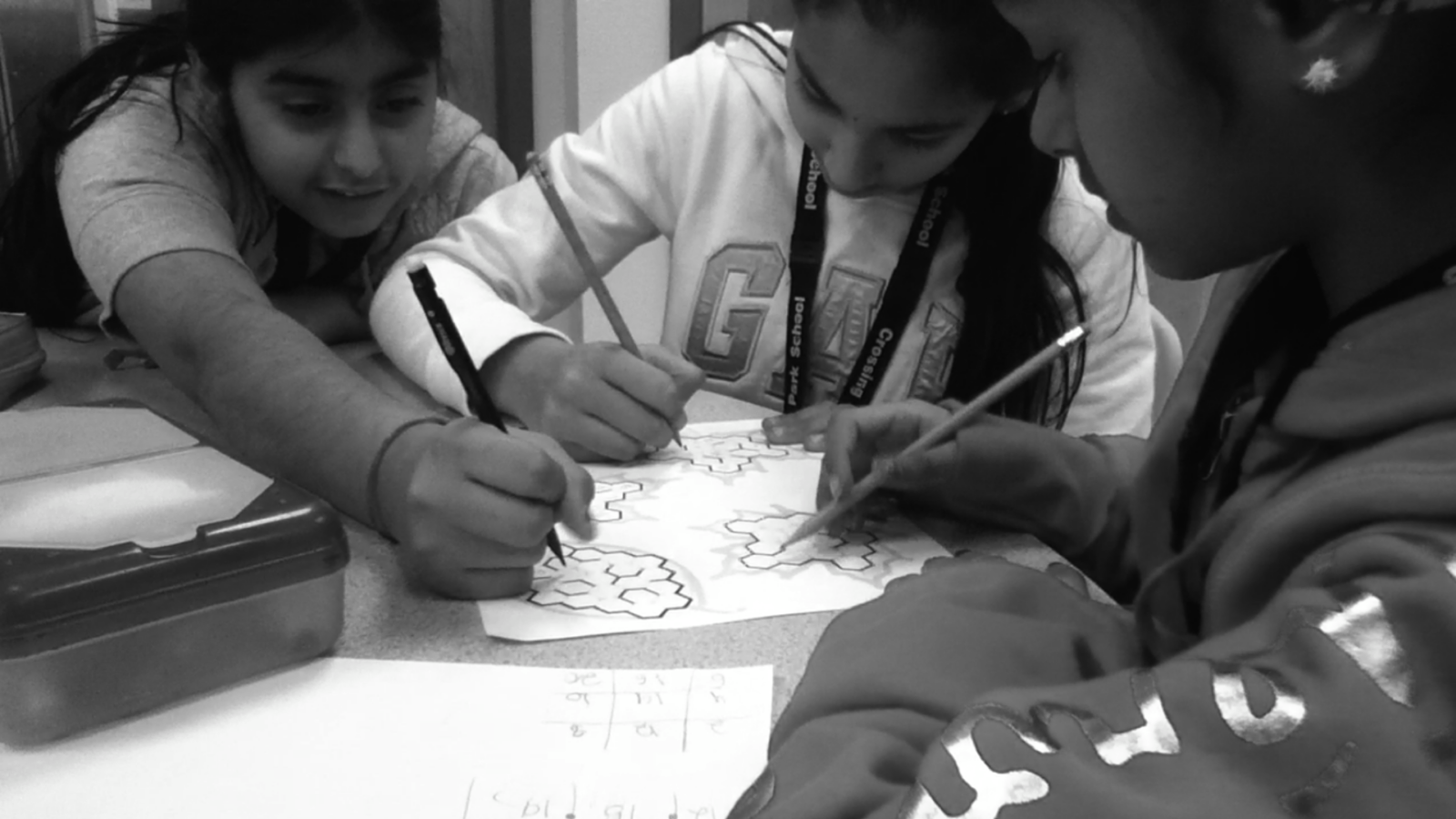
Please use MathPickle in your classrooms. If you have improvements to make, please contact me. I'll give you credit and kudos 😉 For a free poster of MathPickle's ideas on elementary math education go here.
